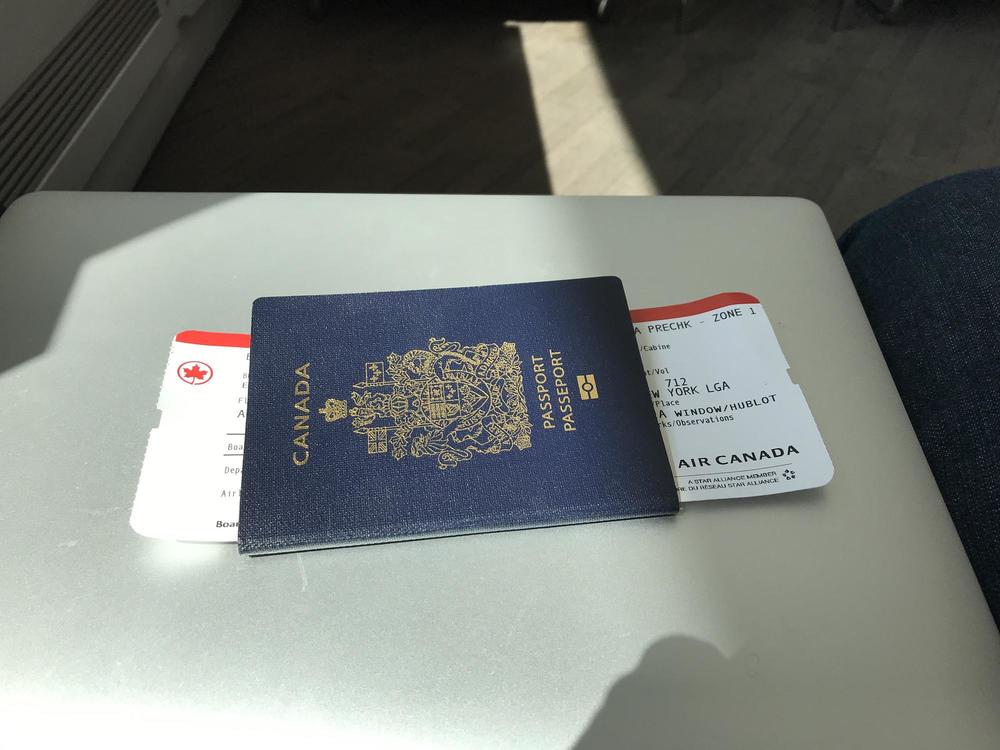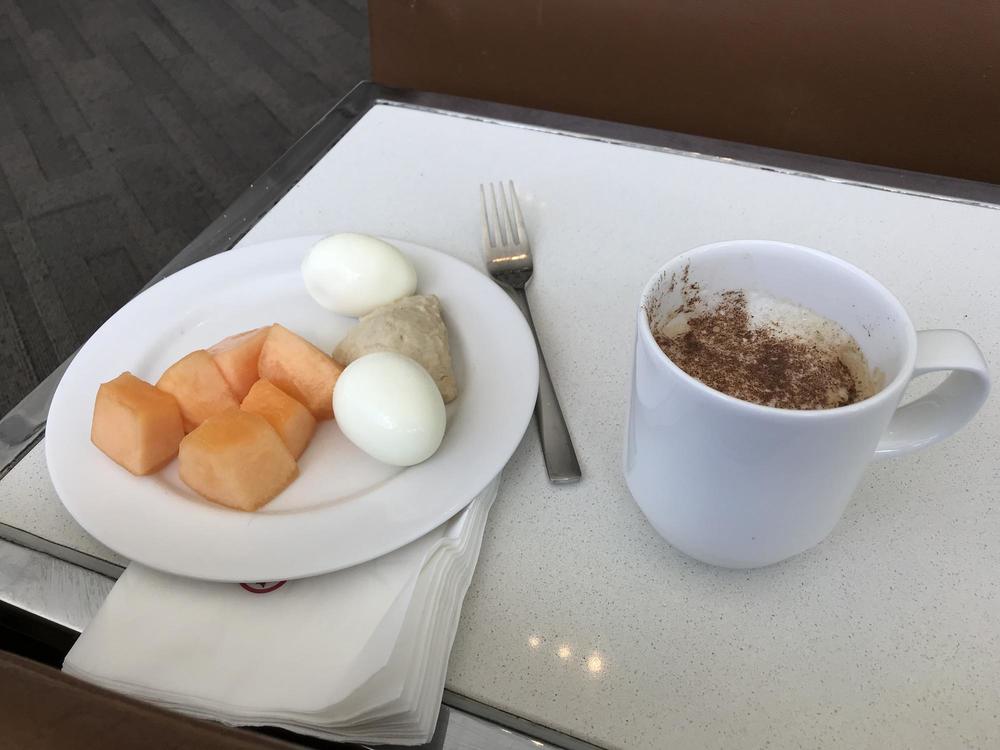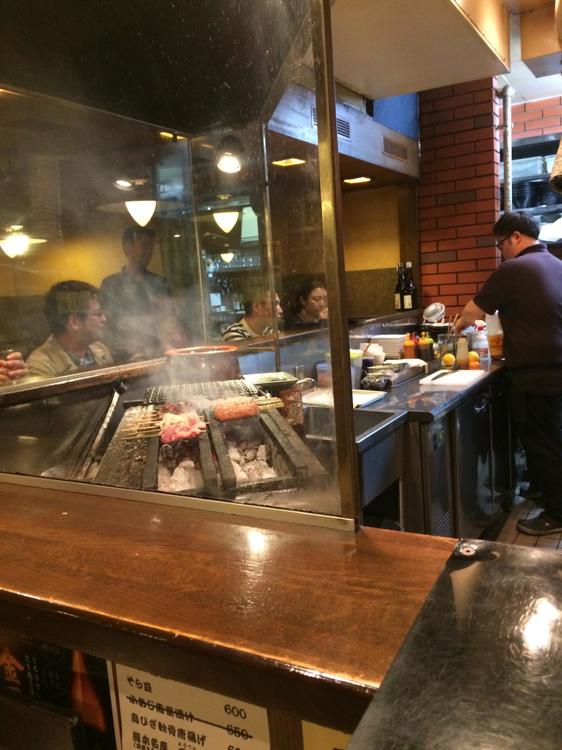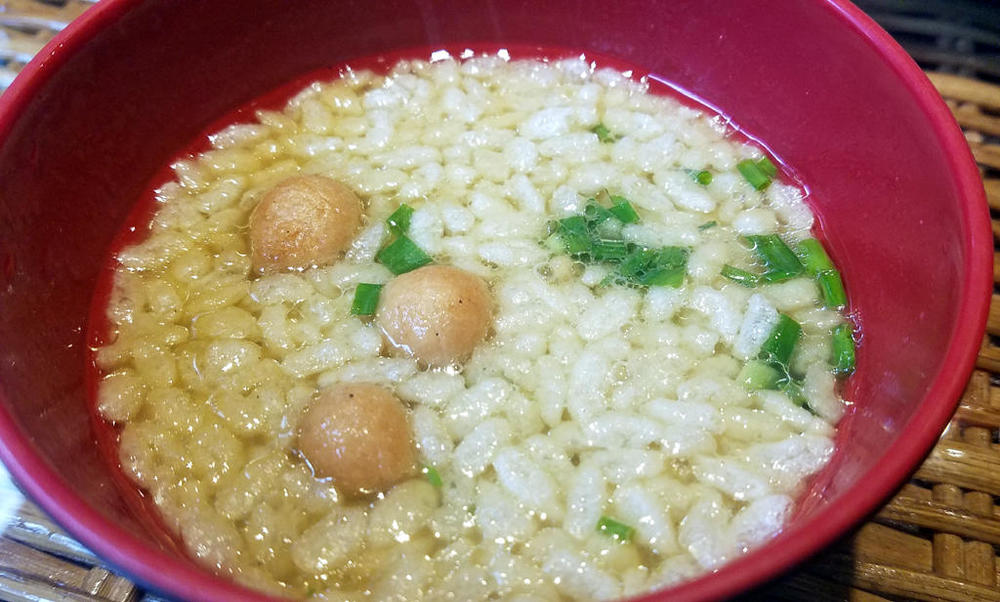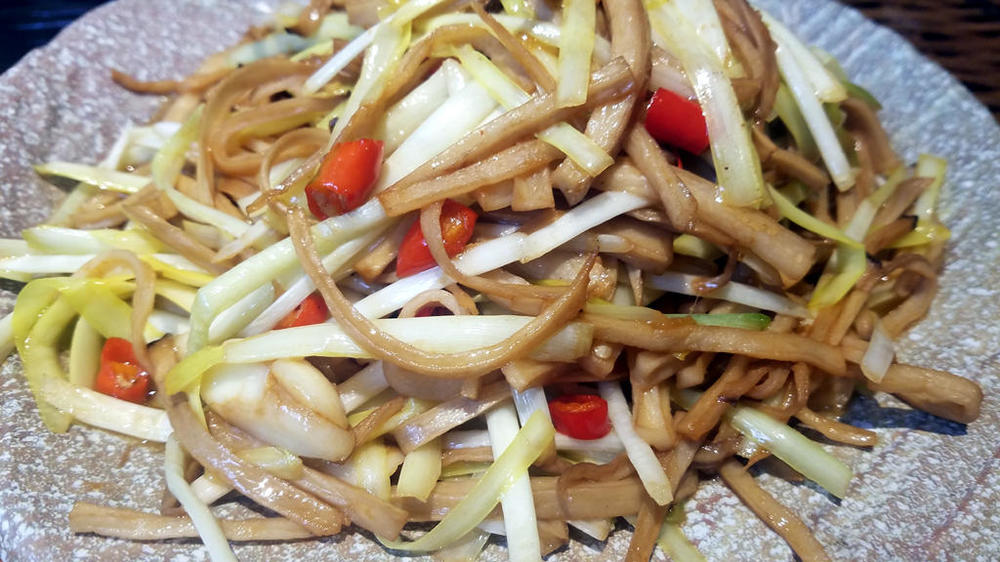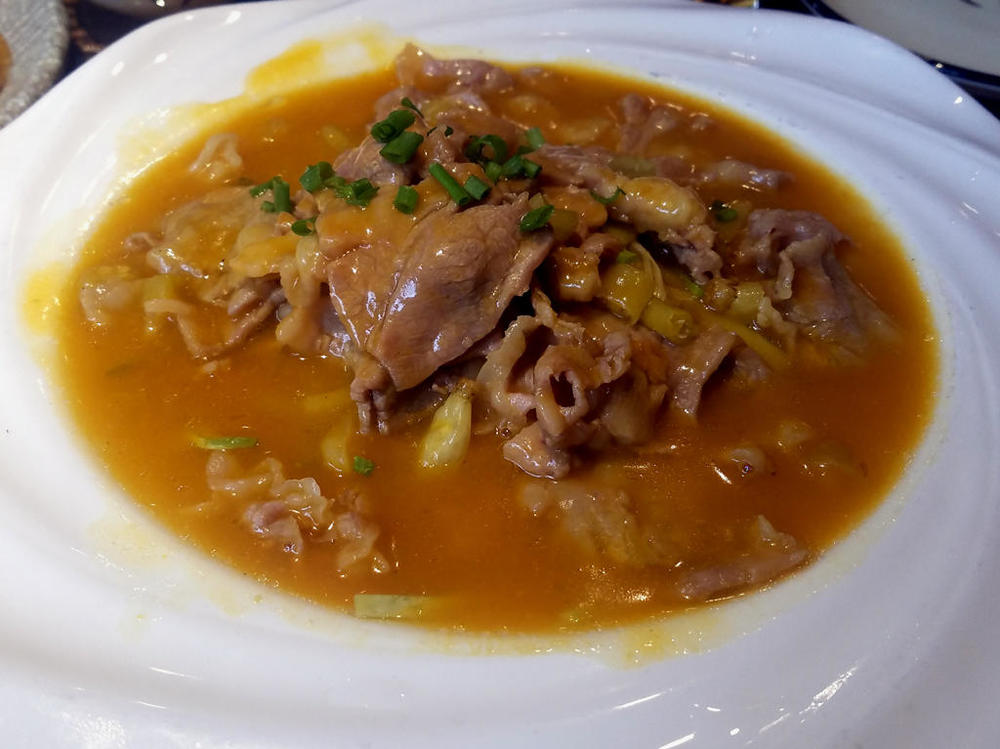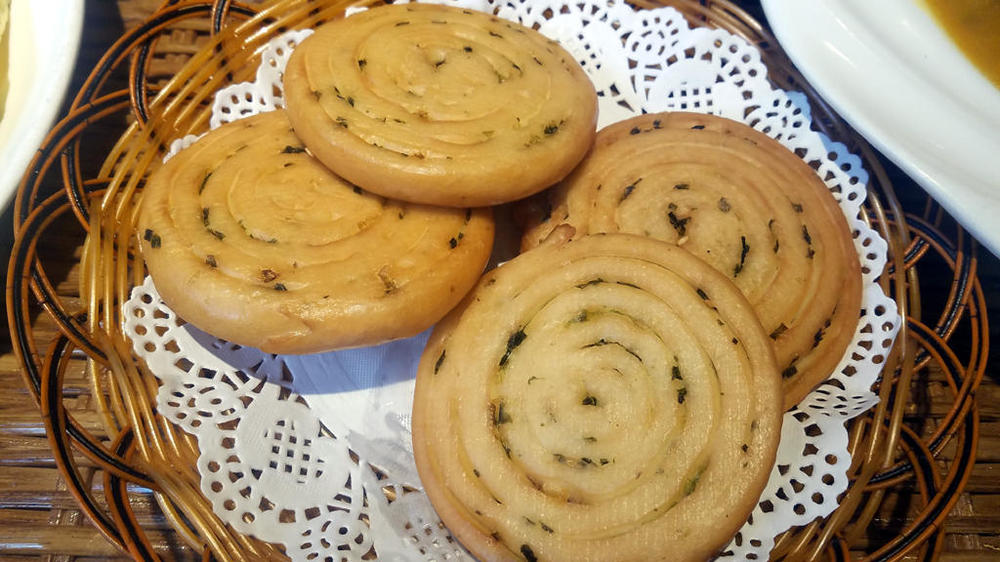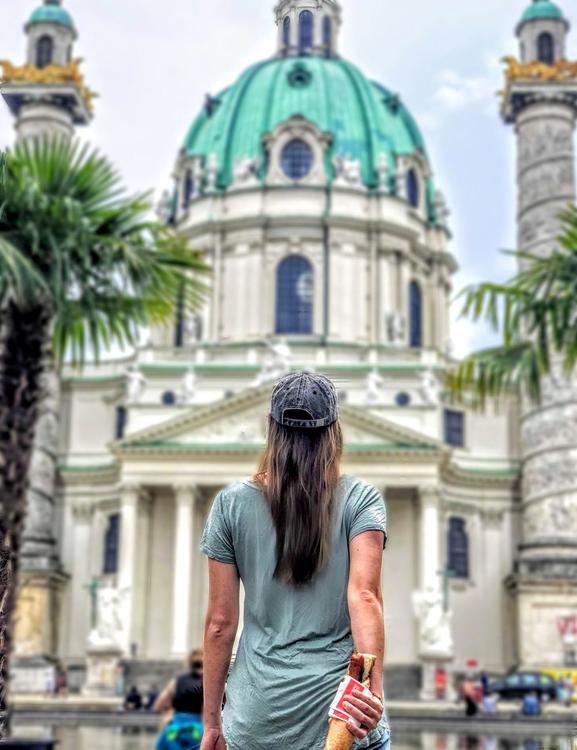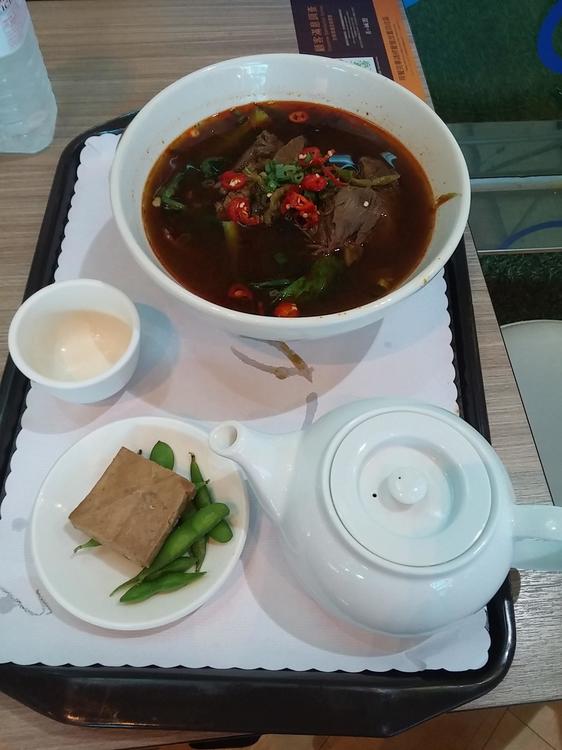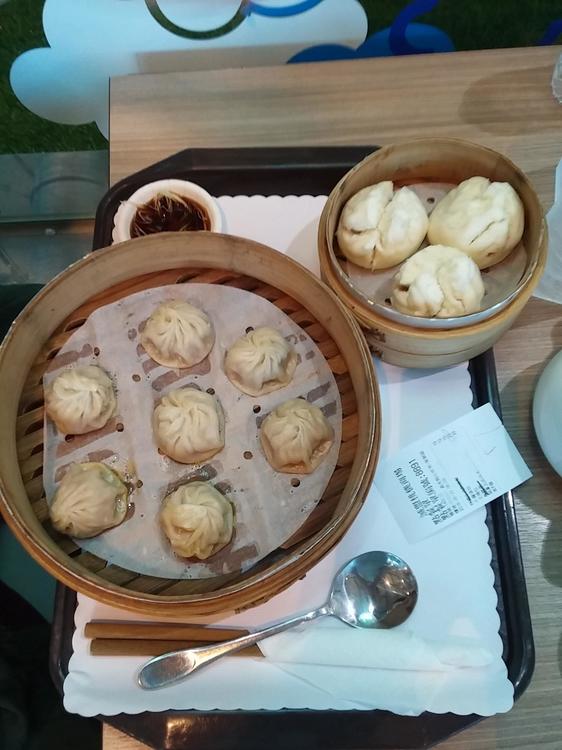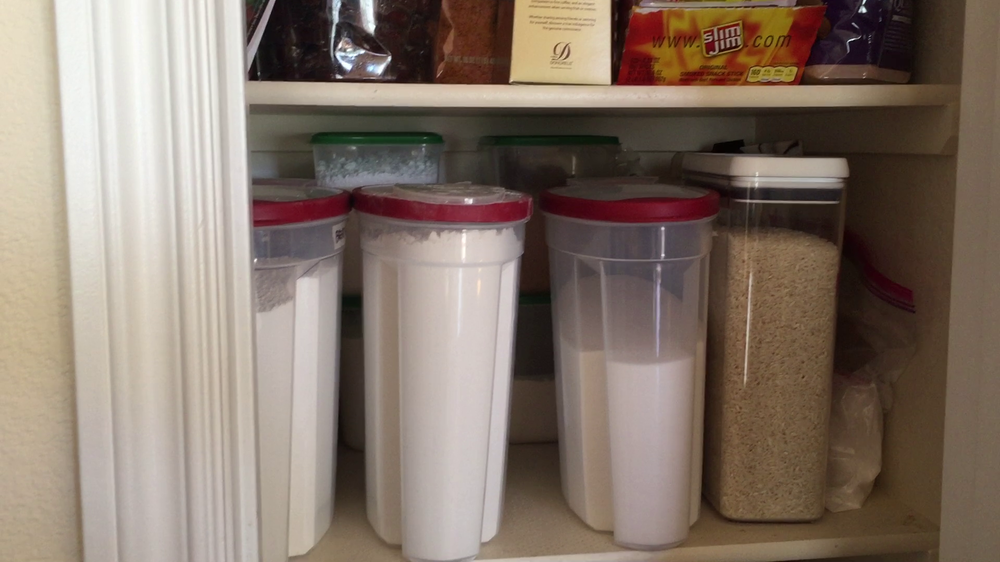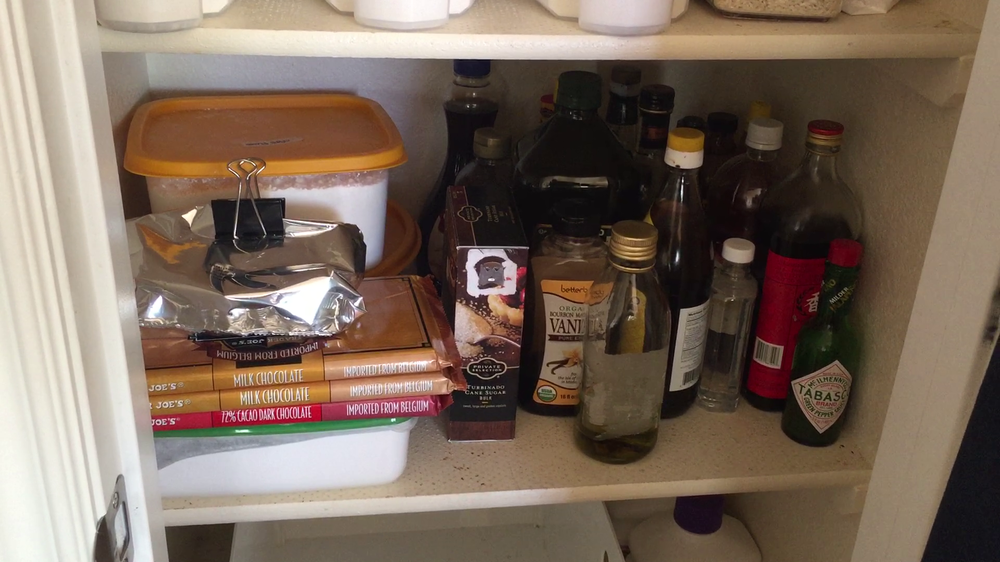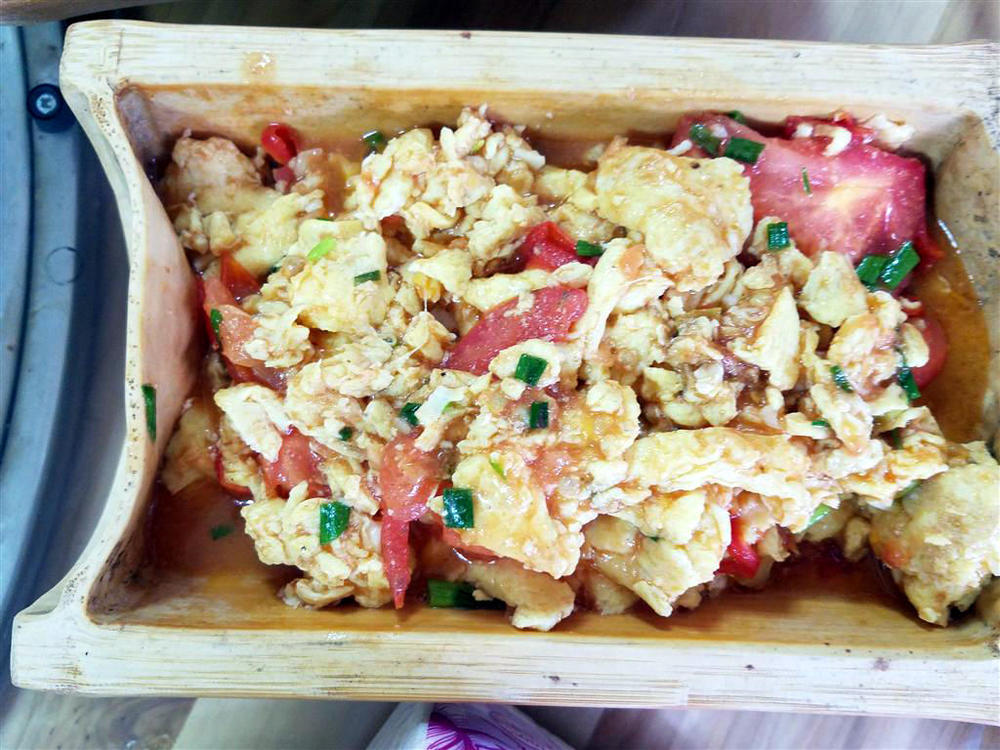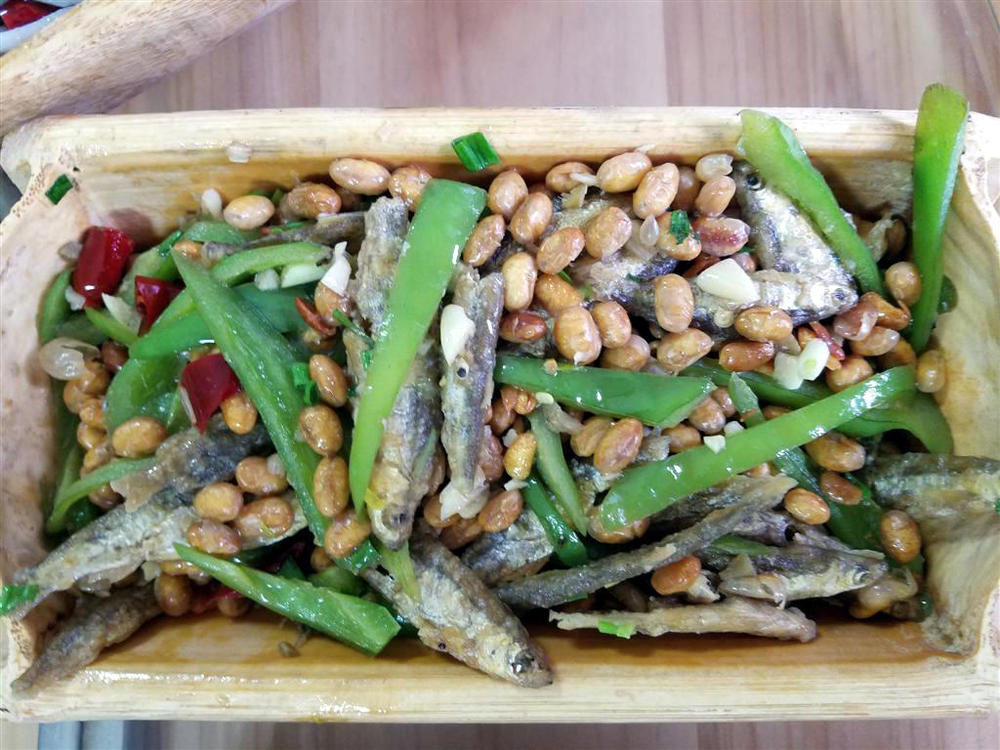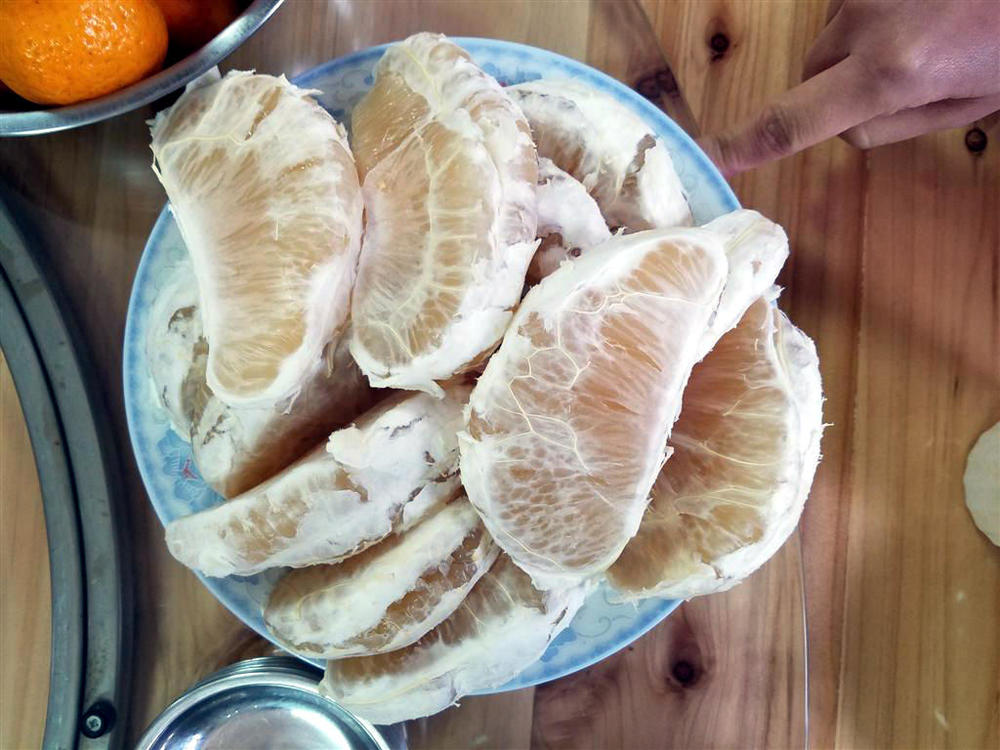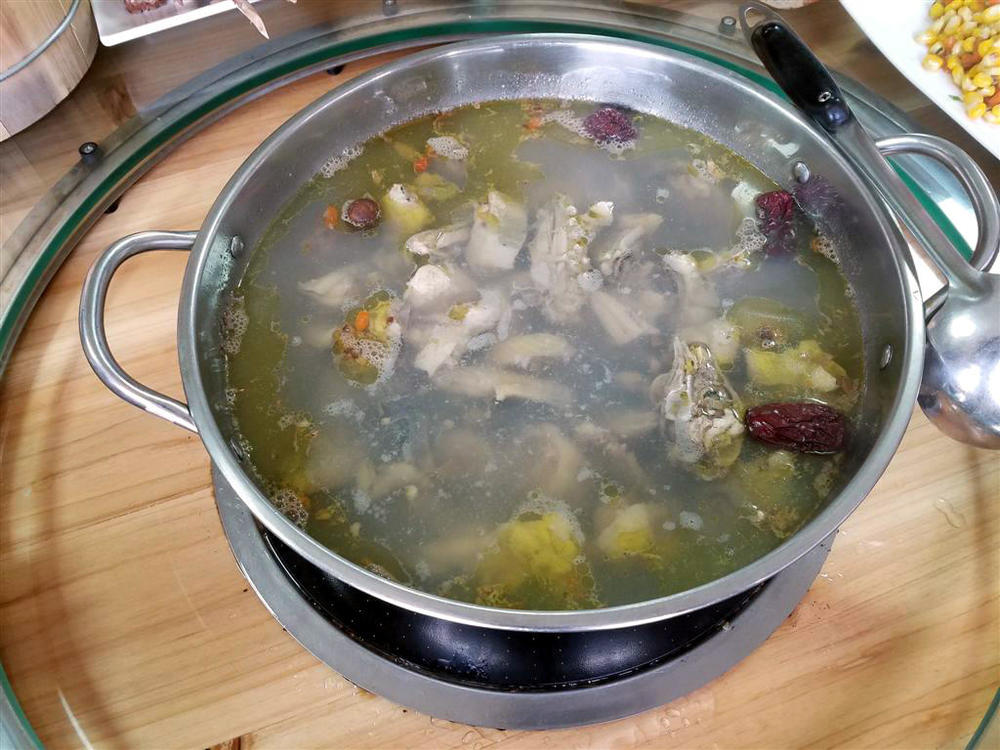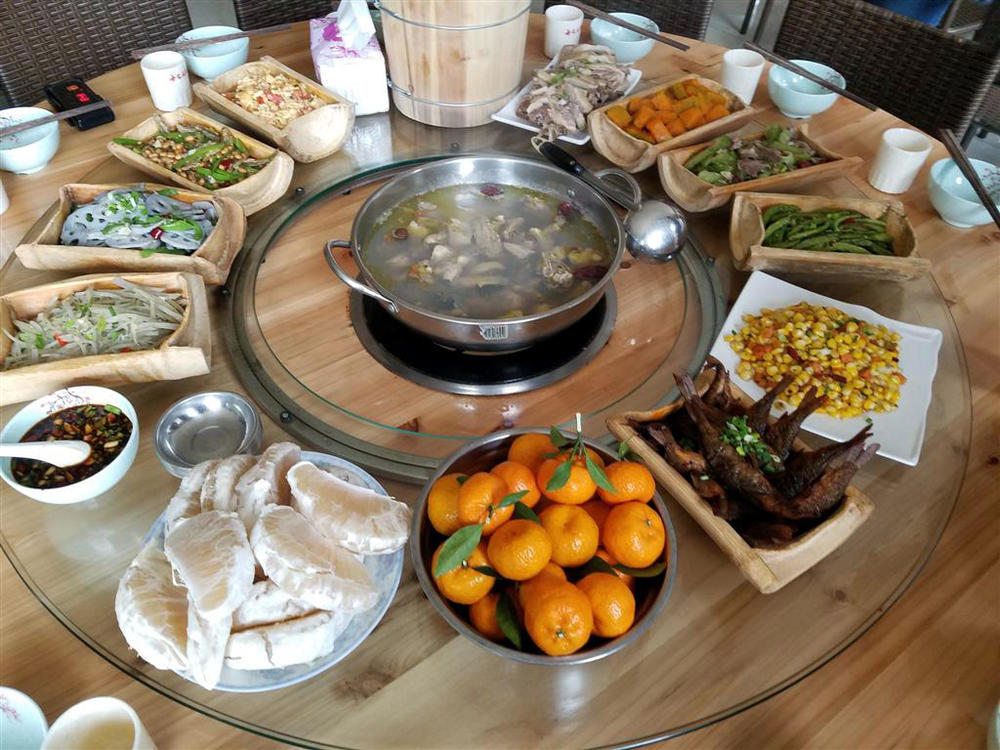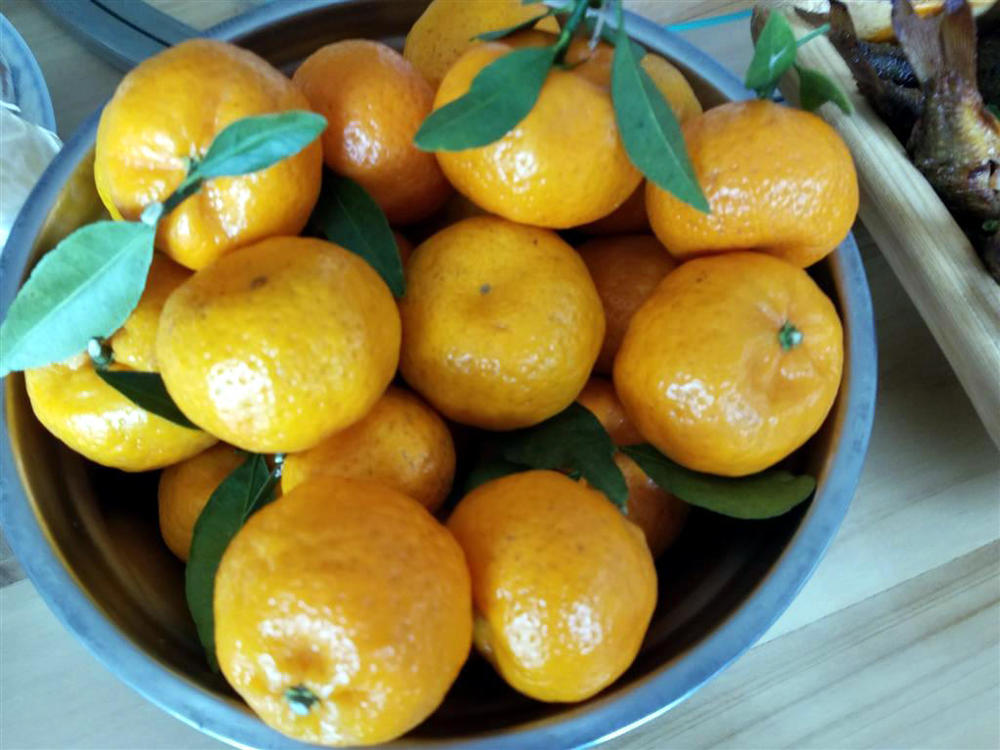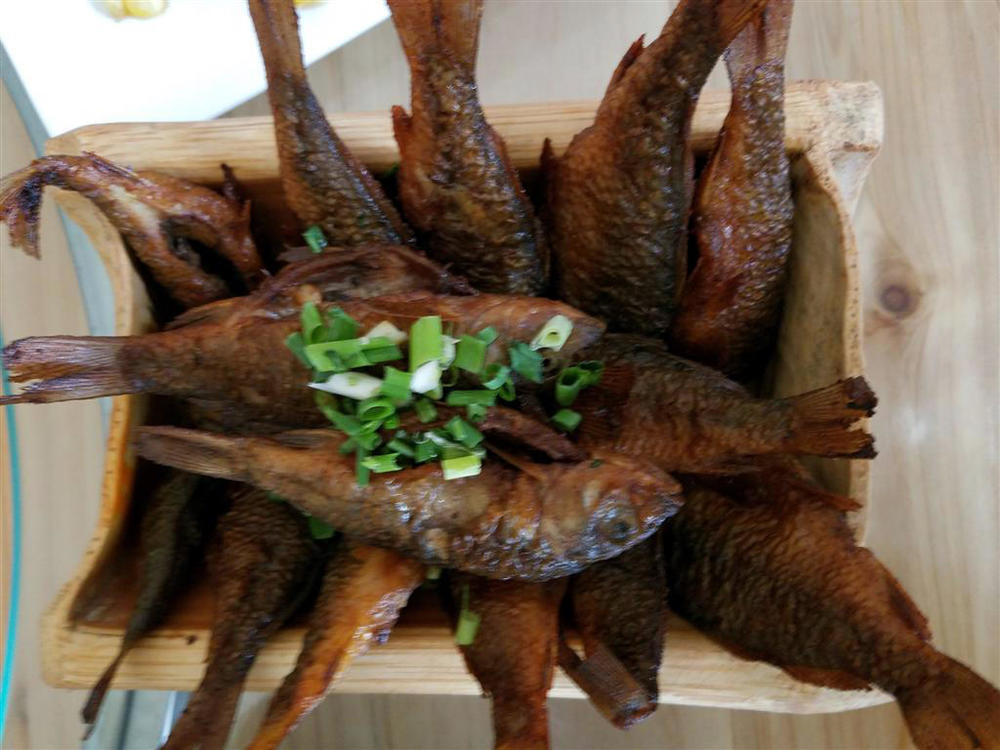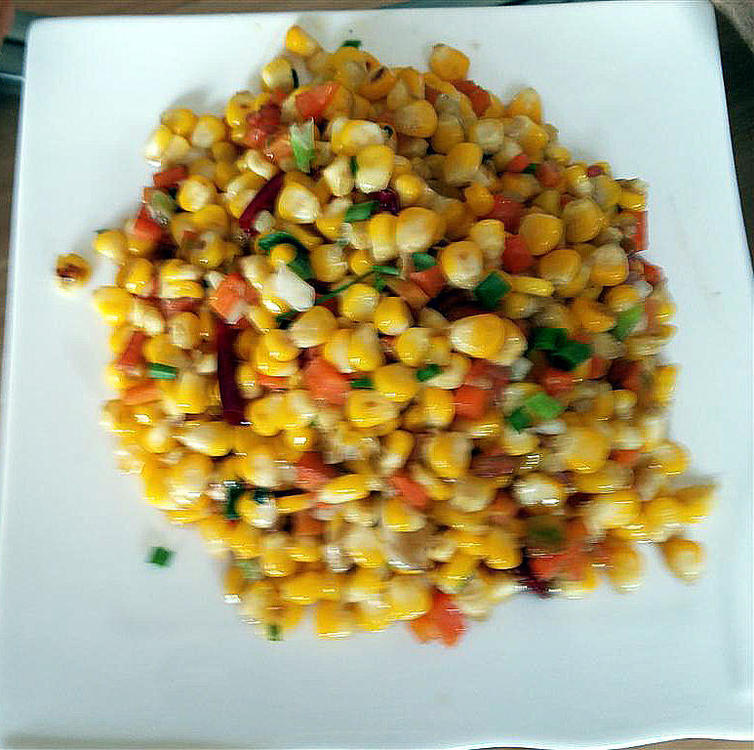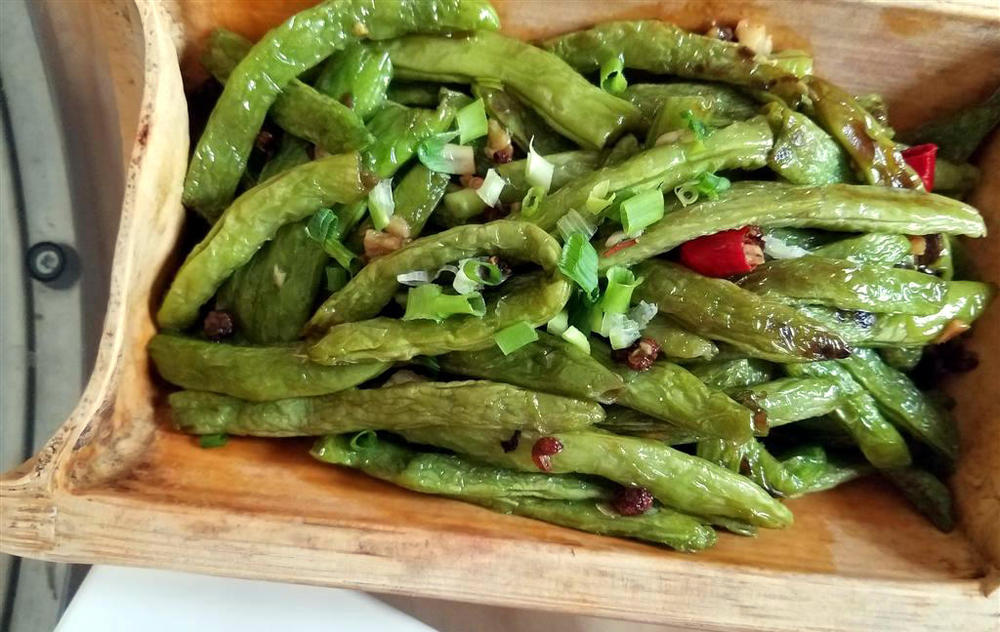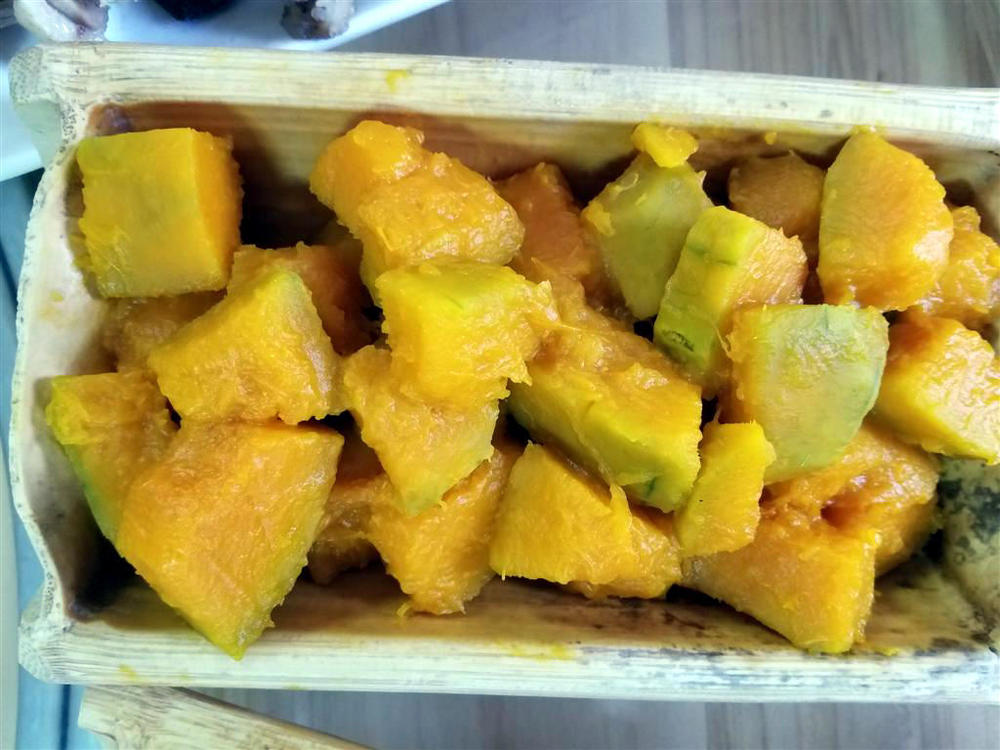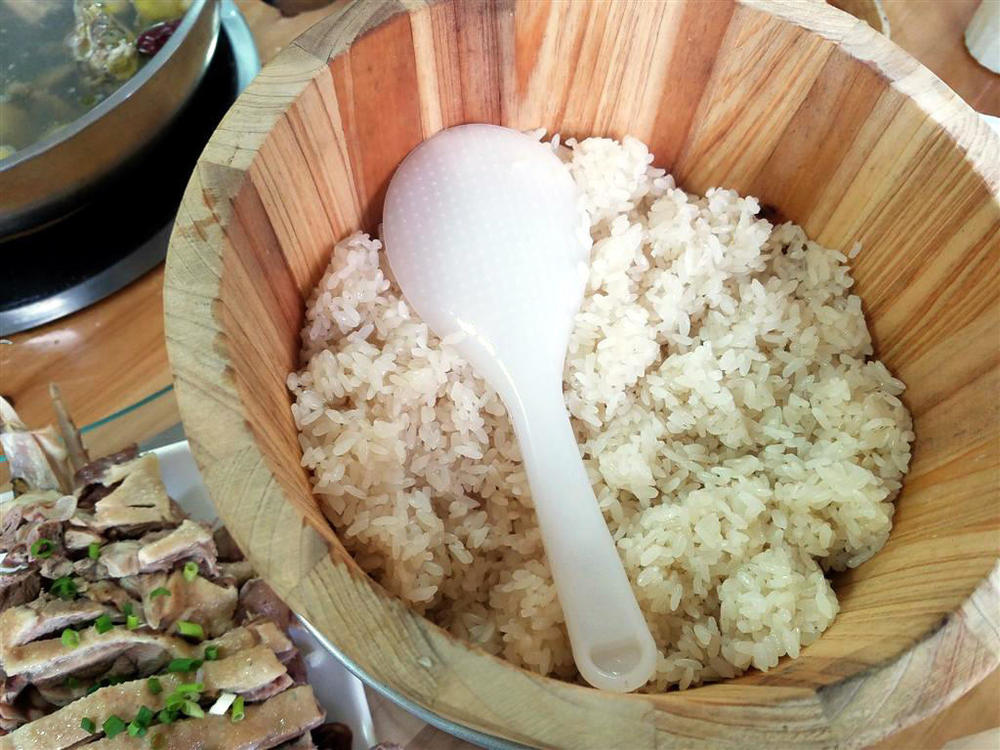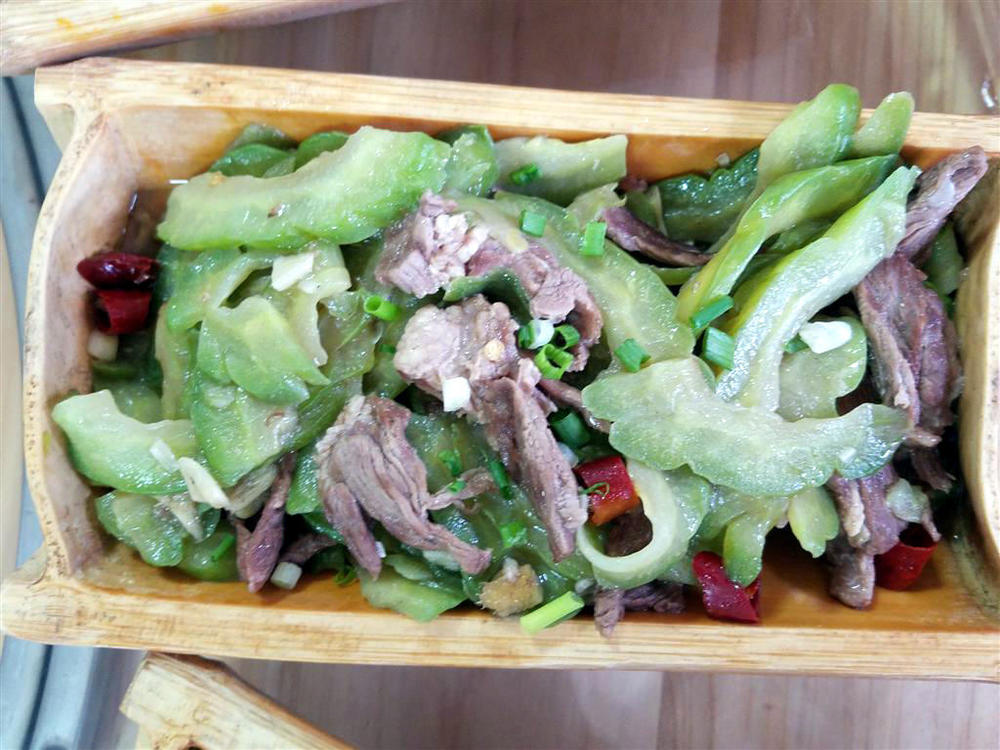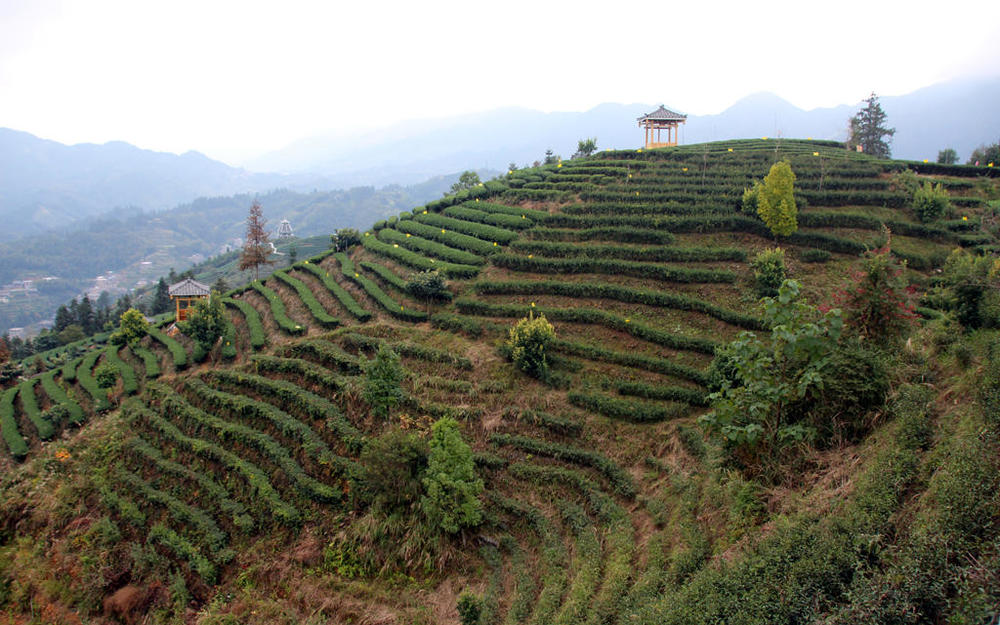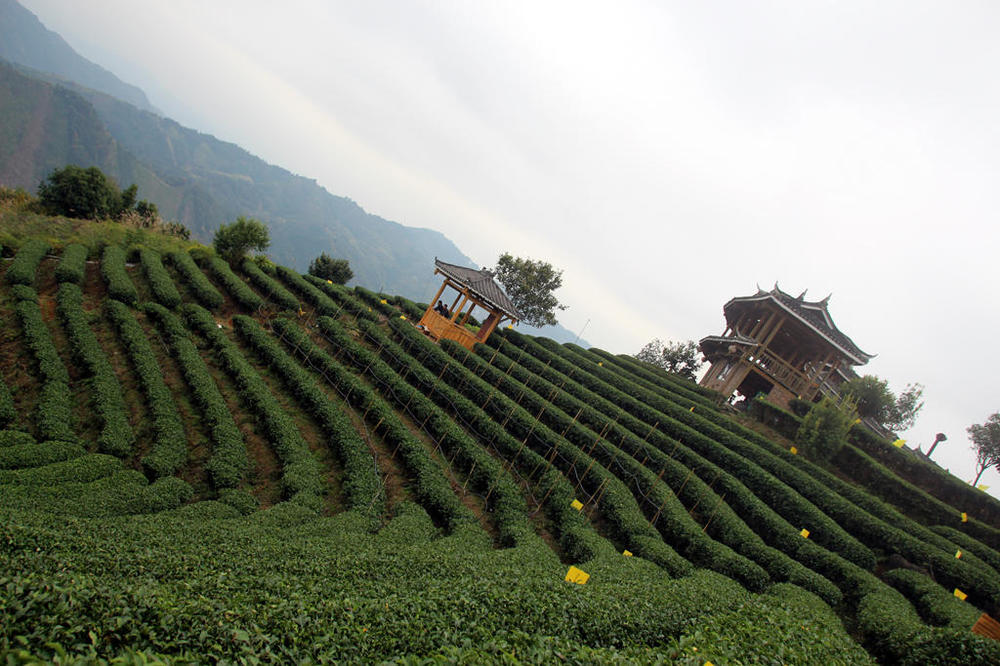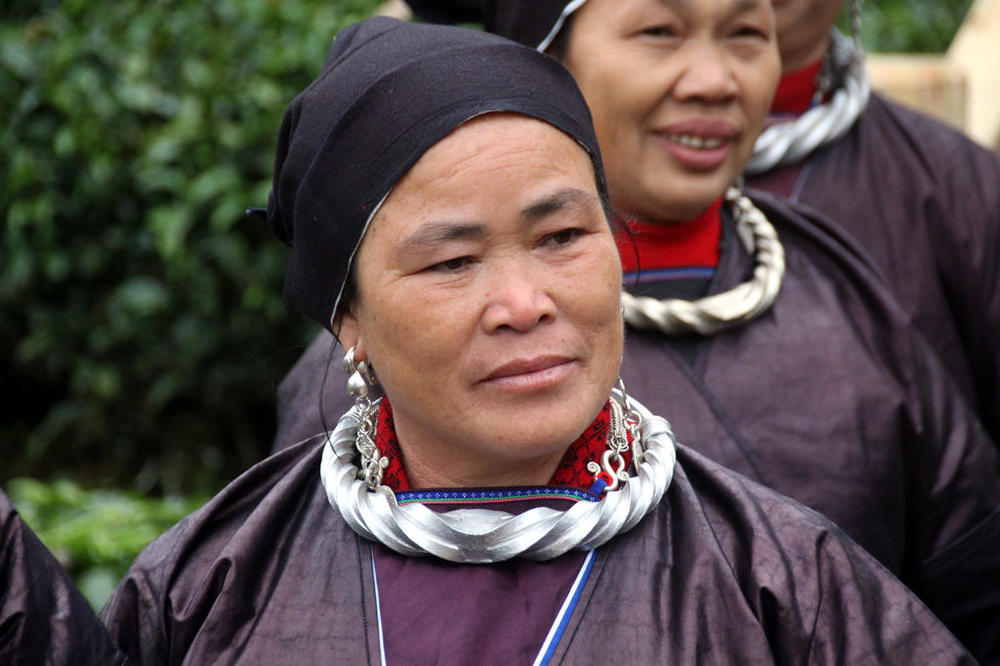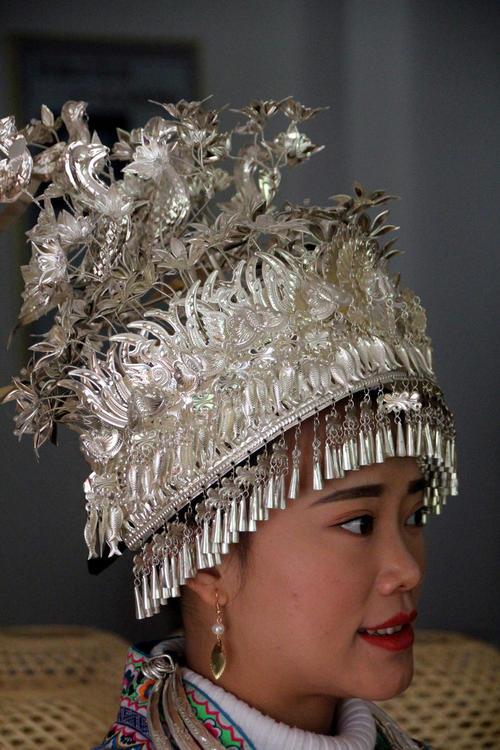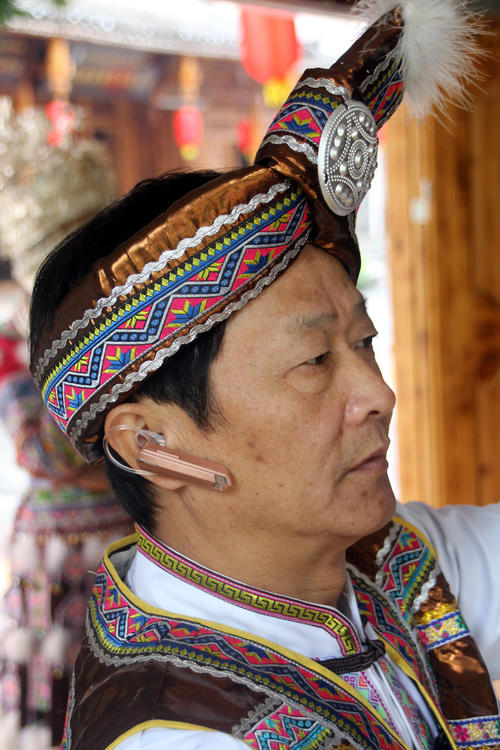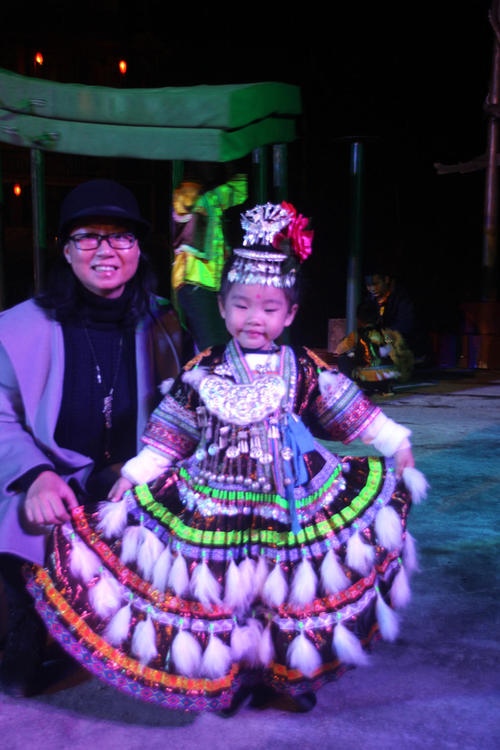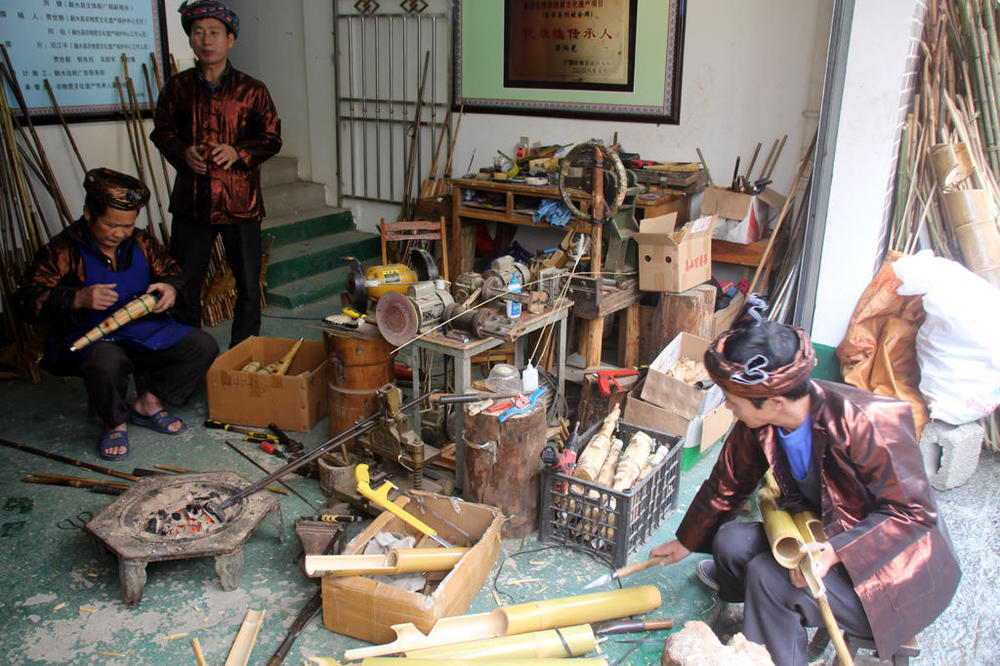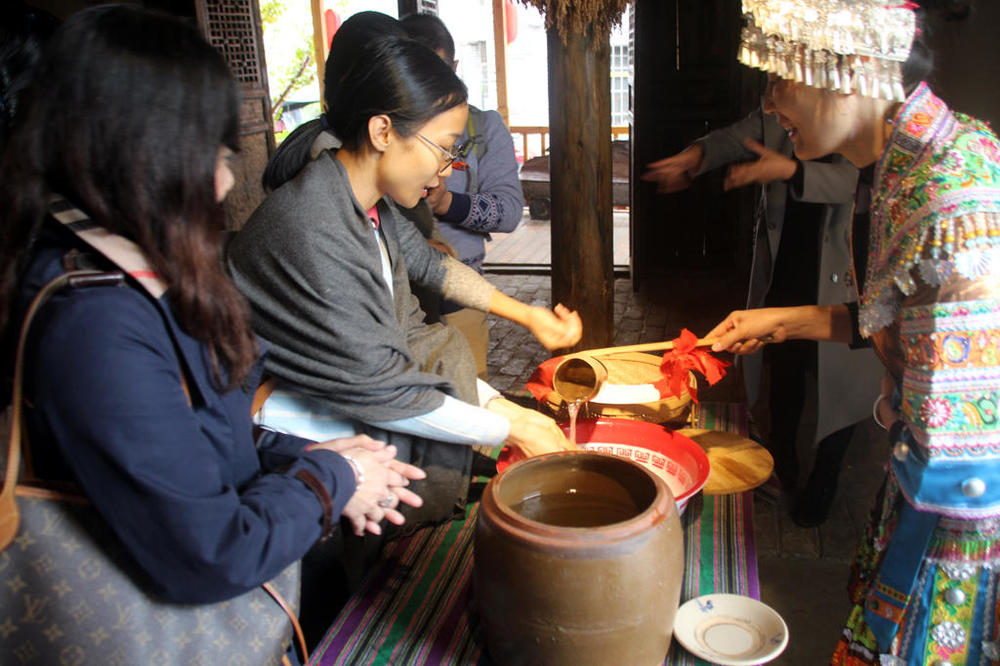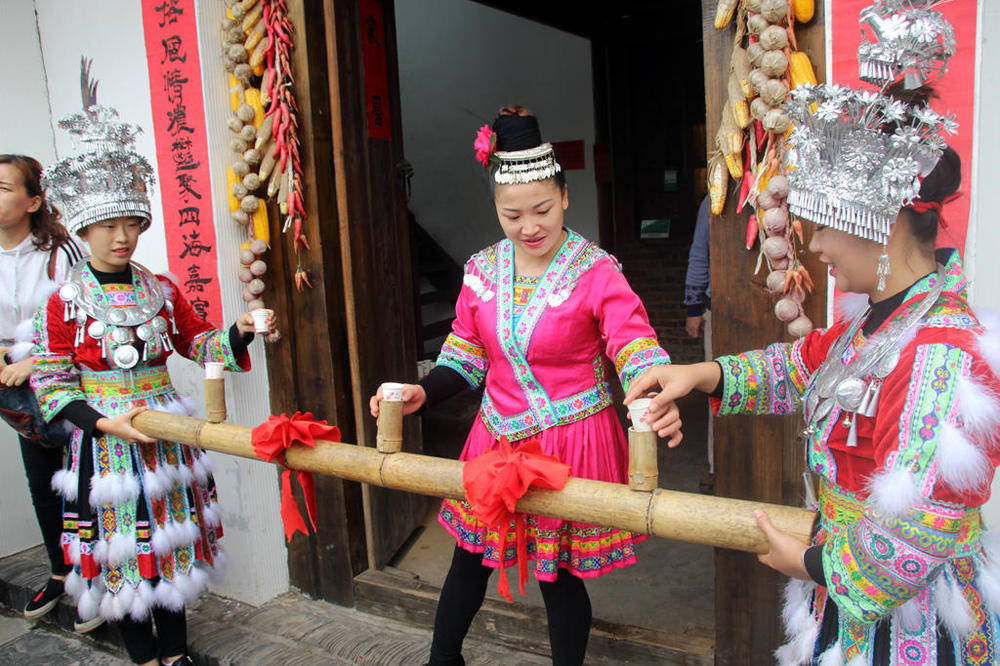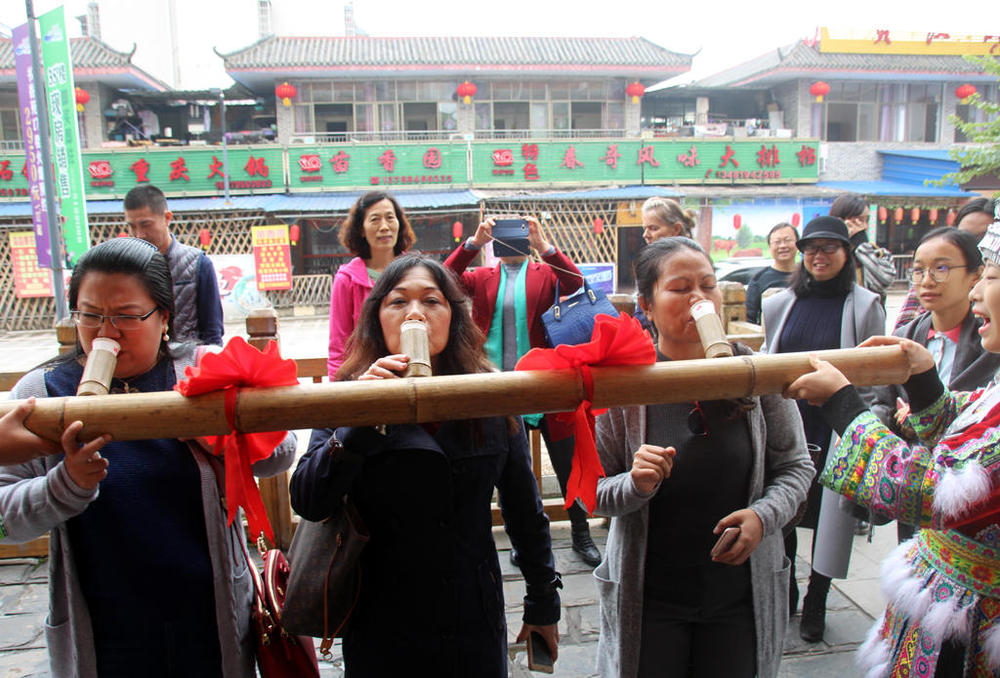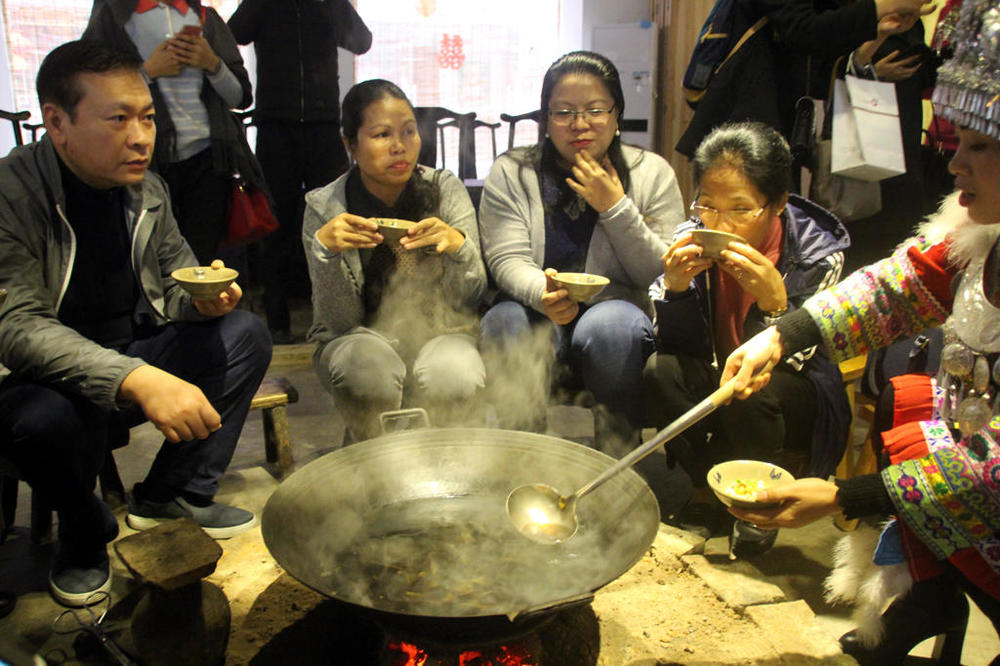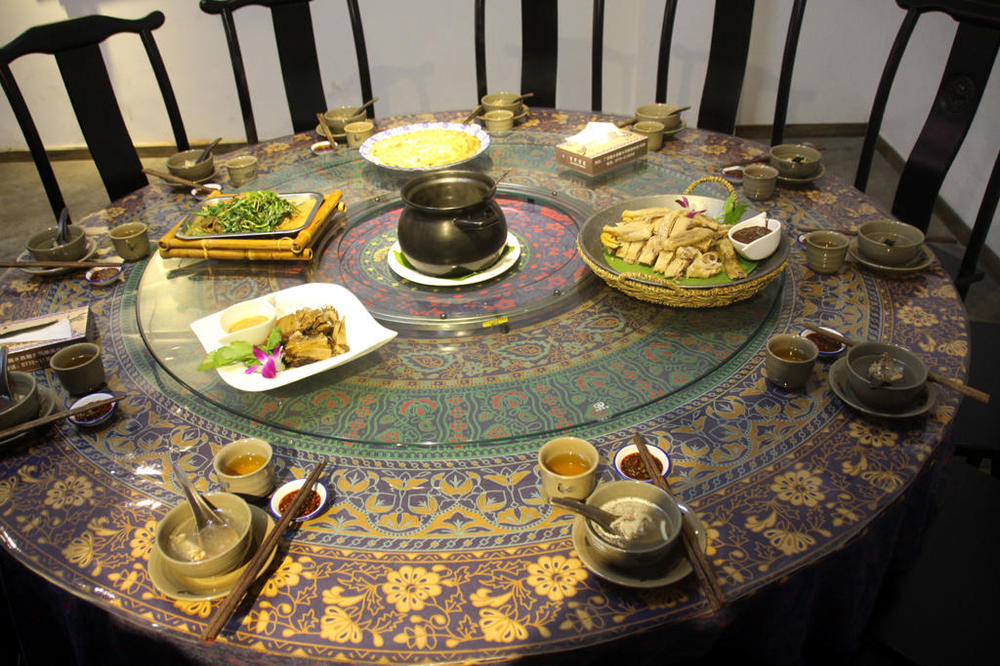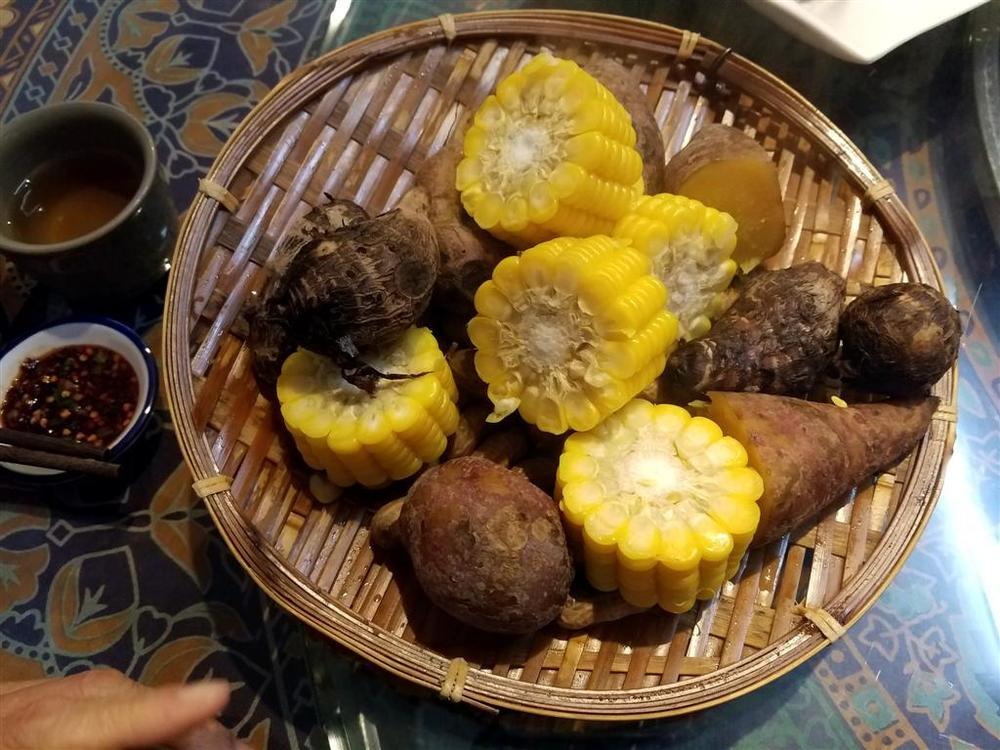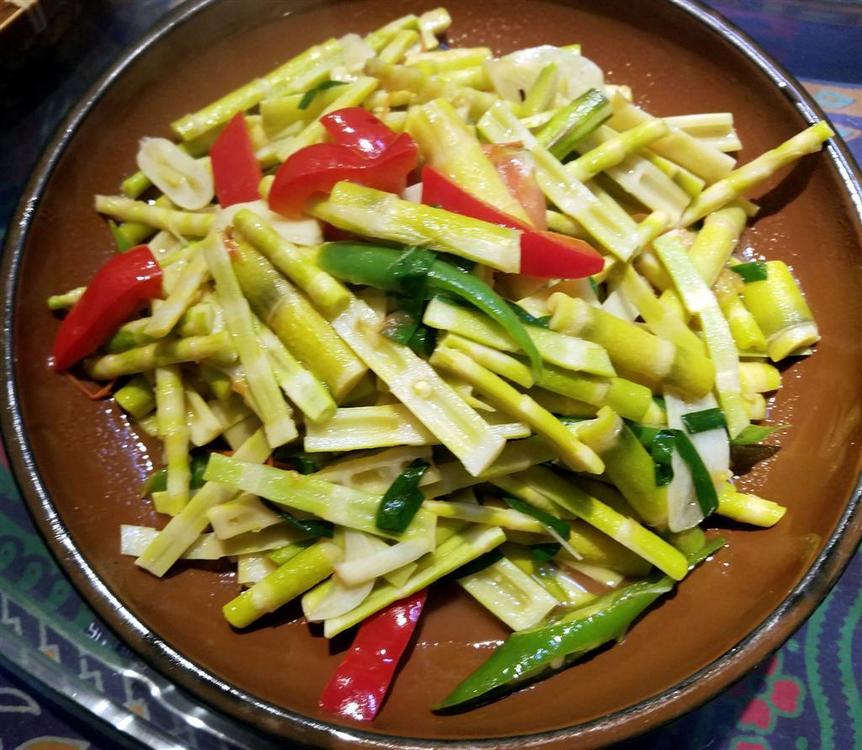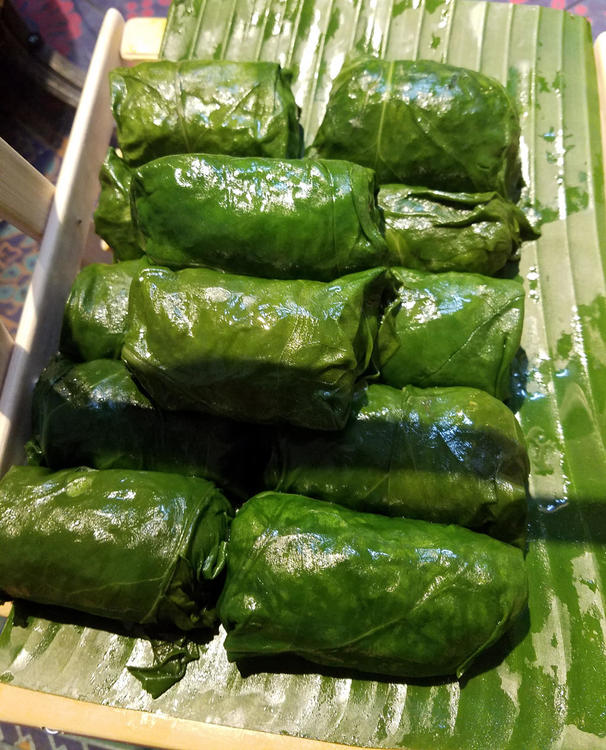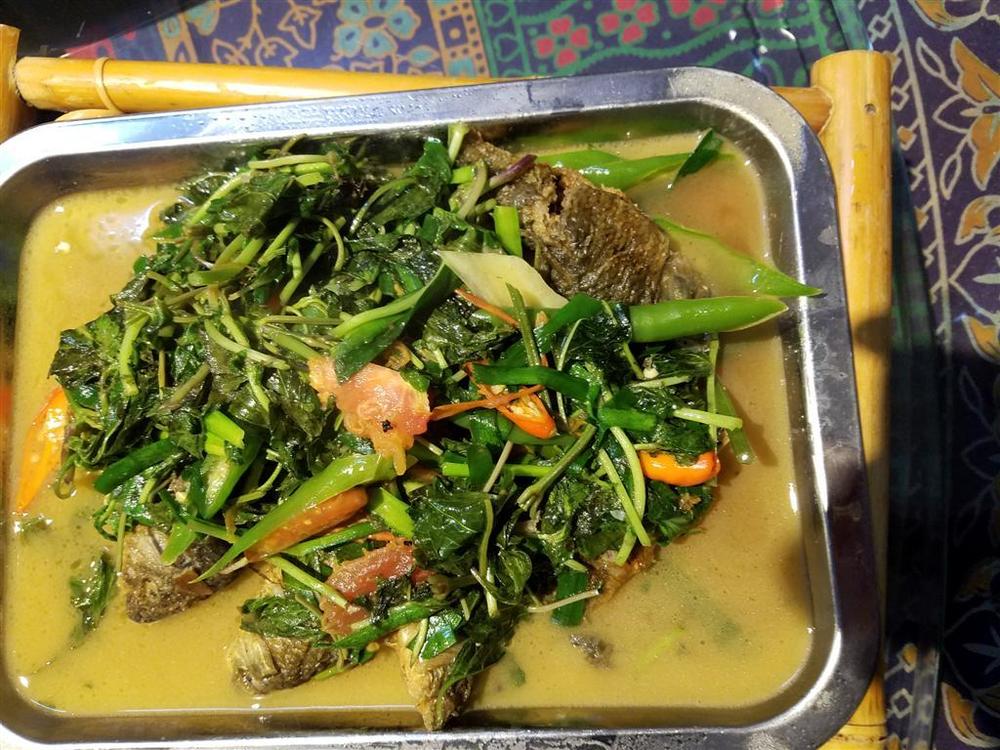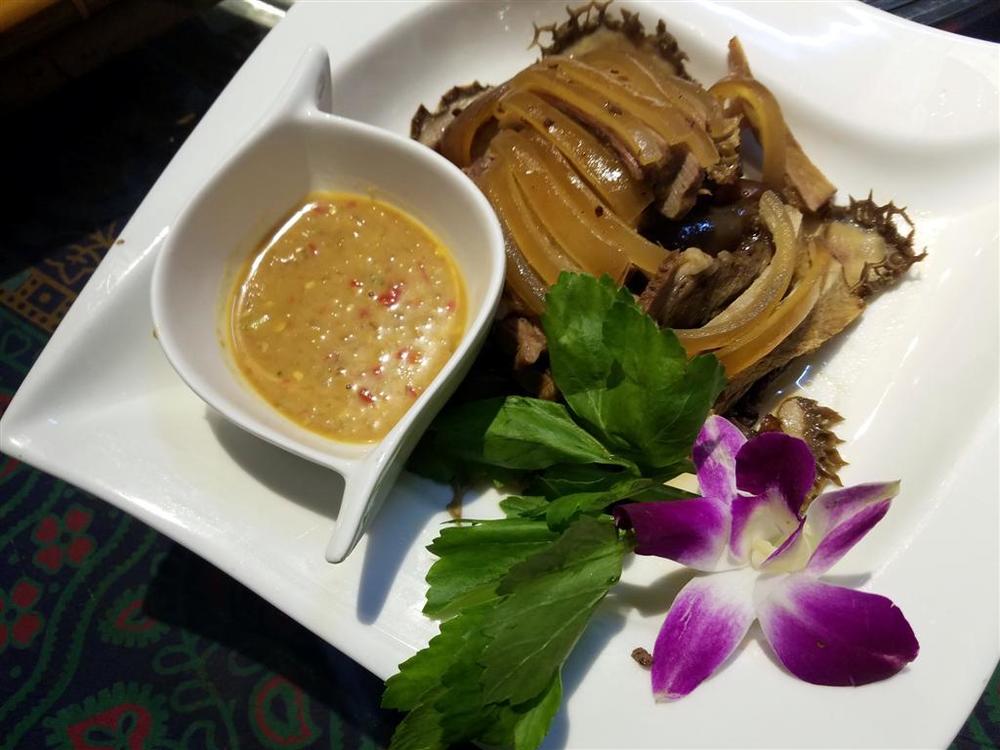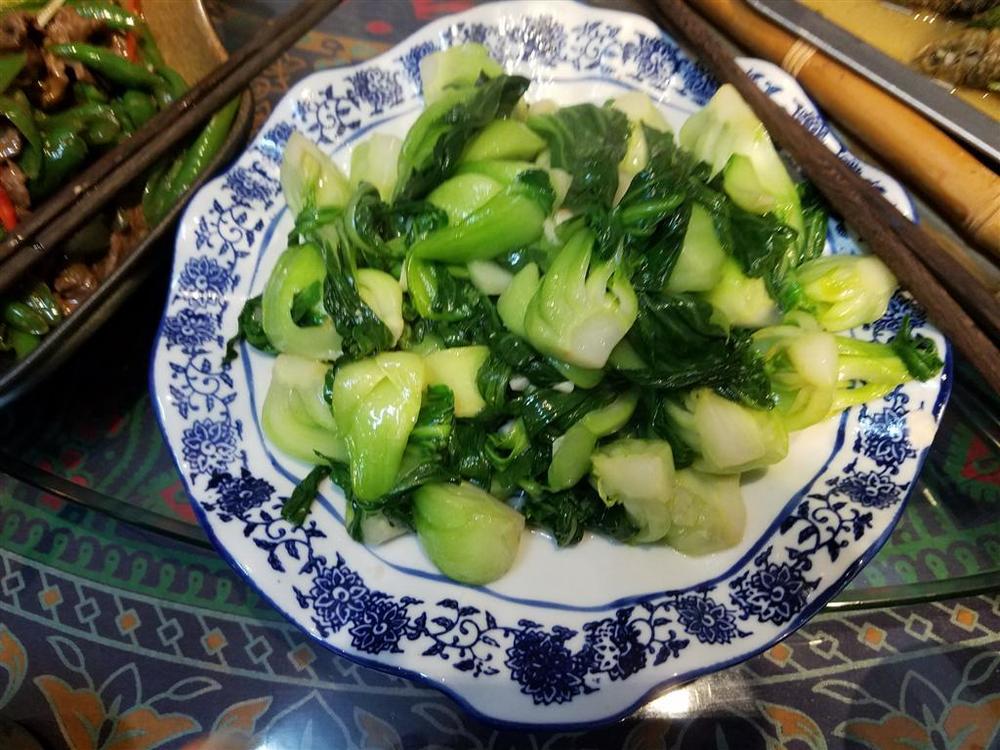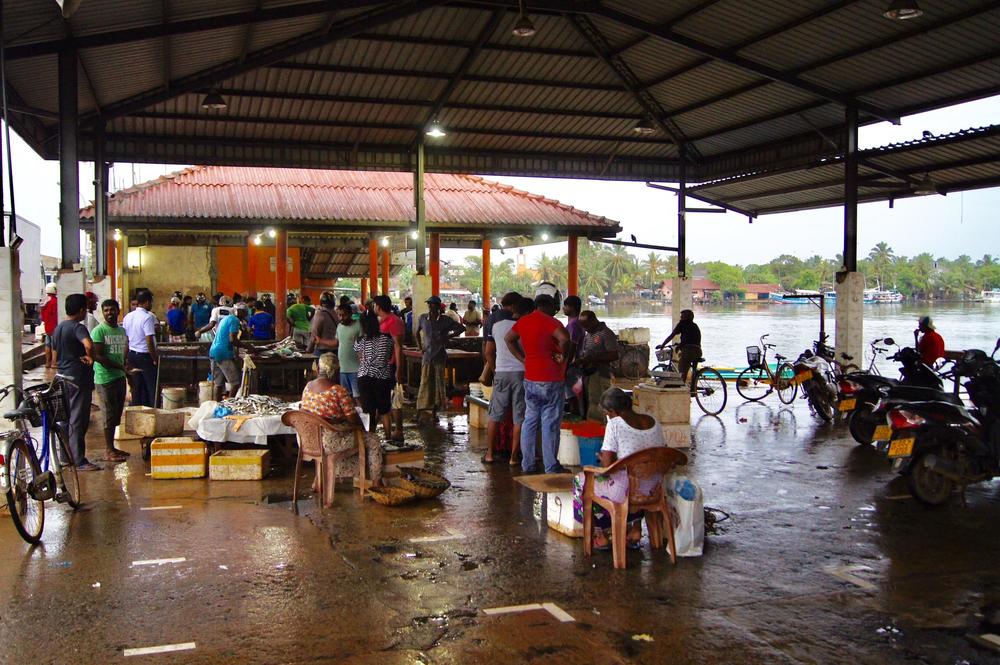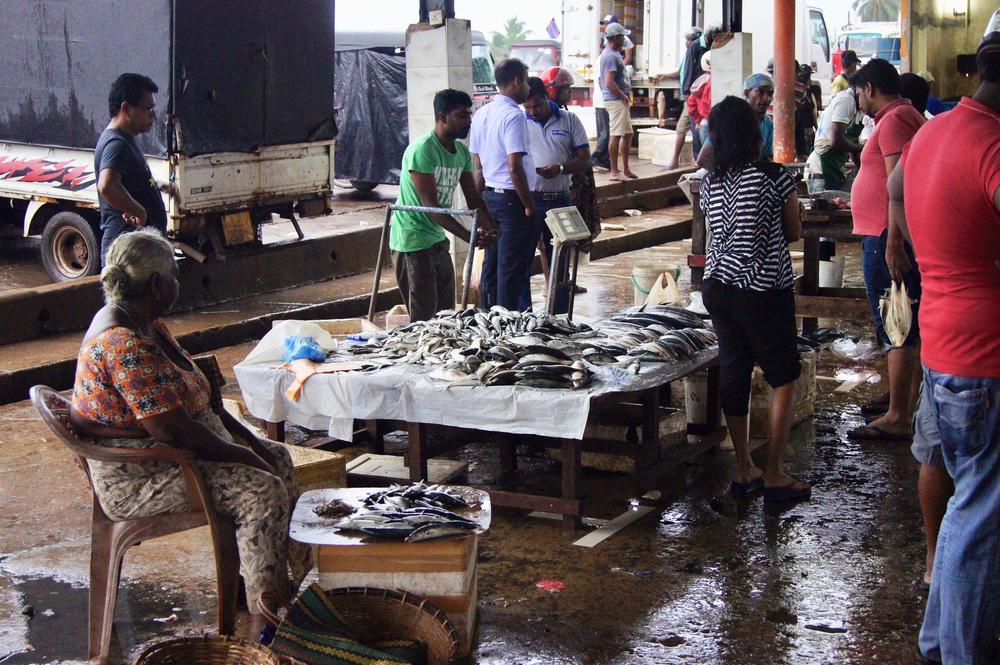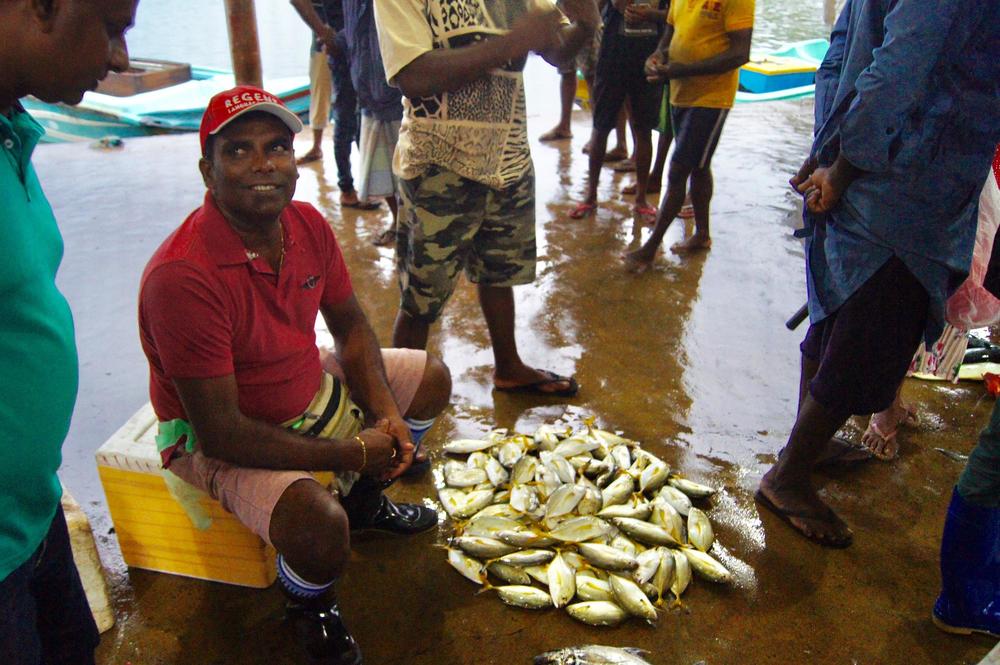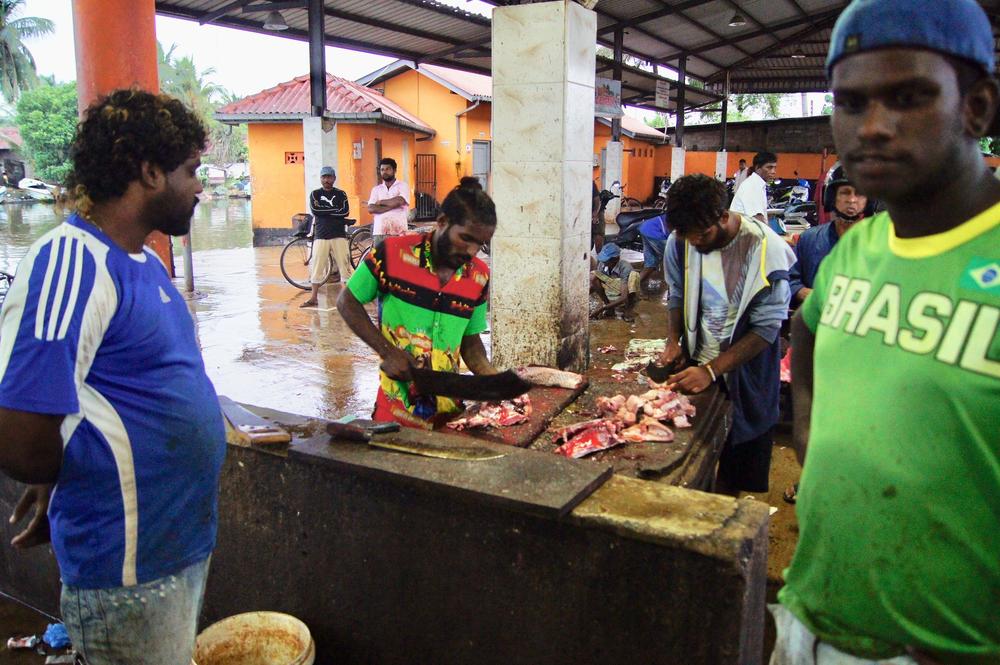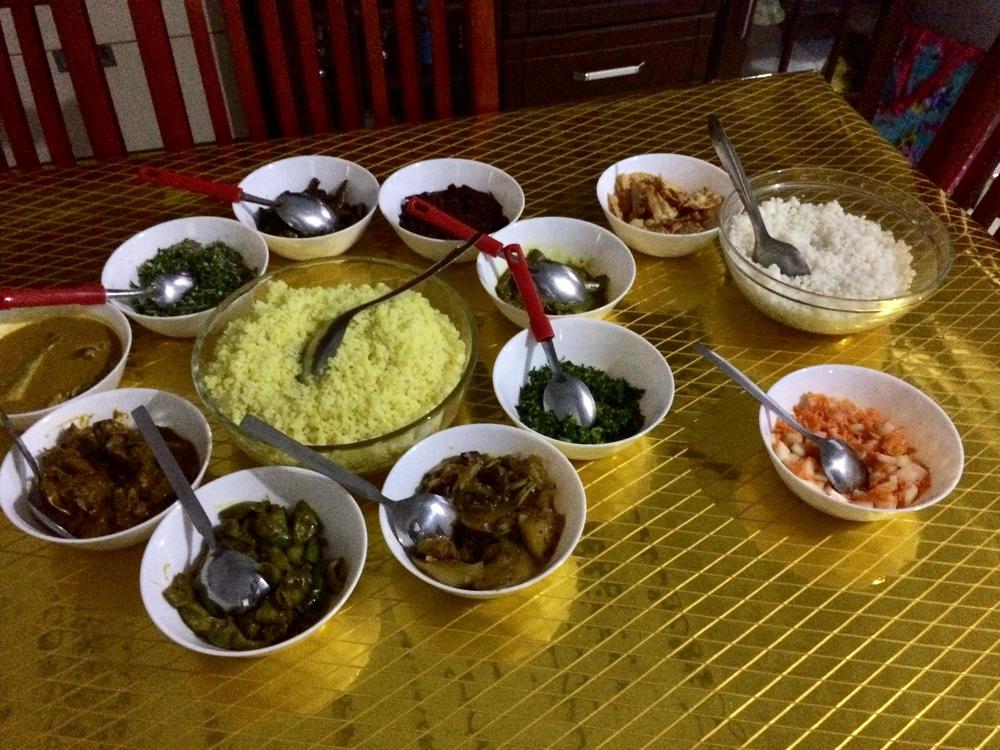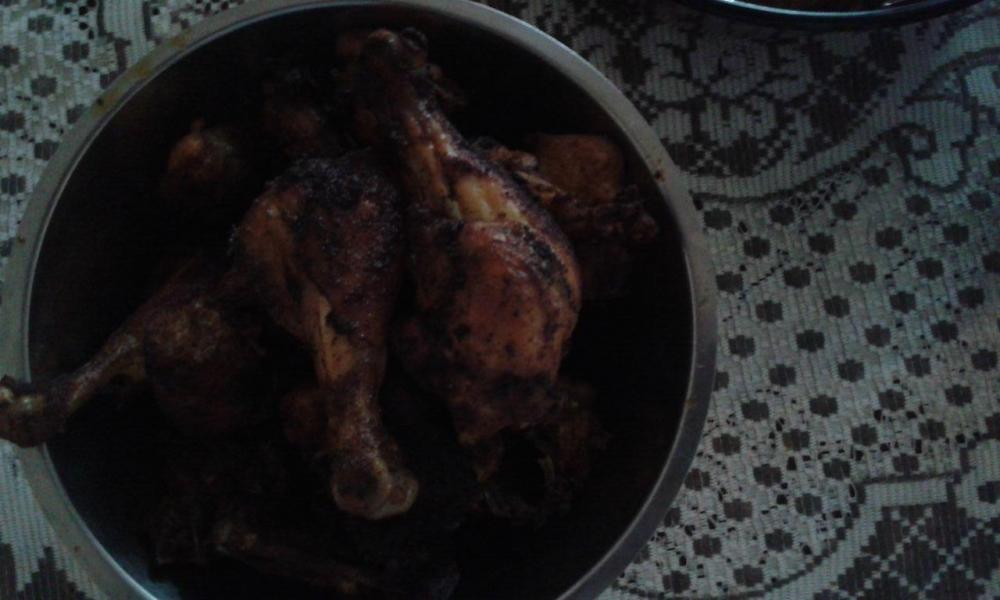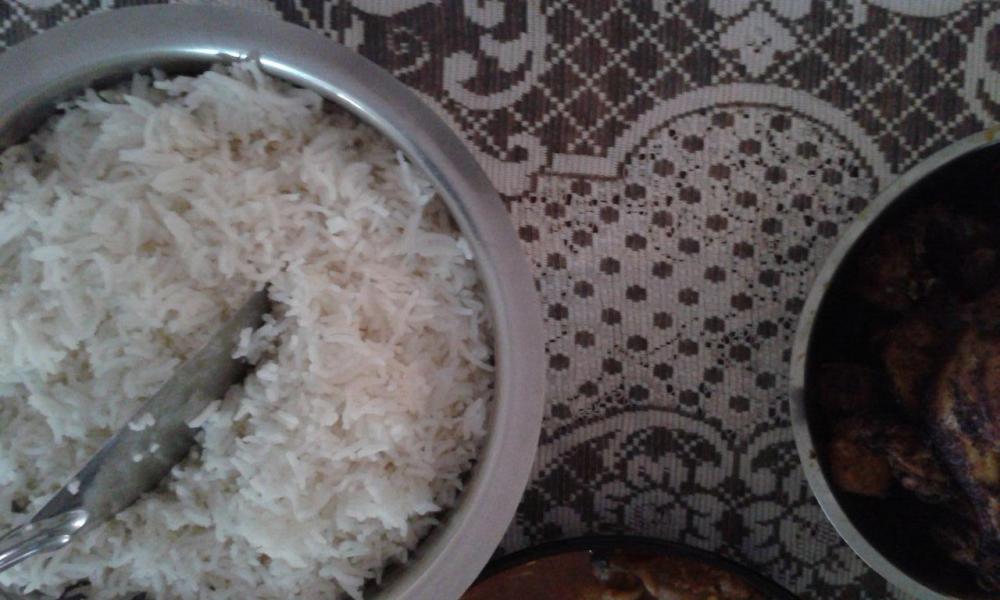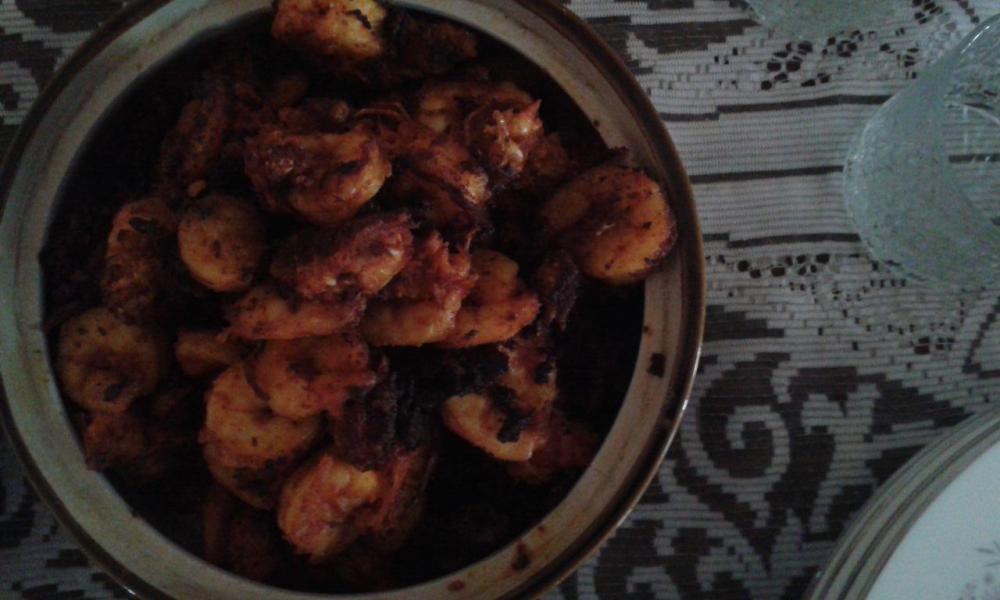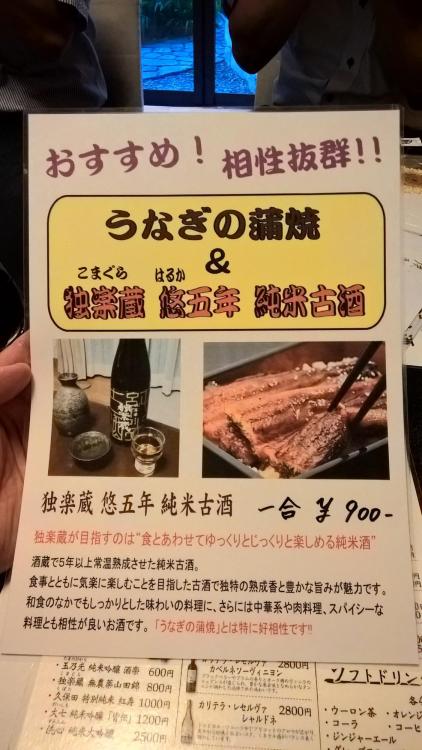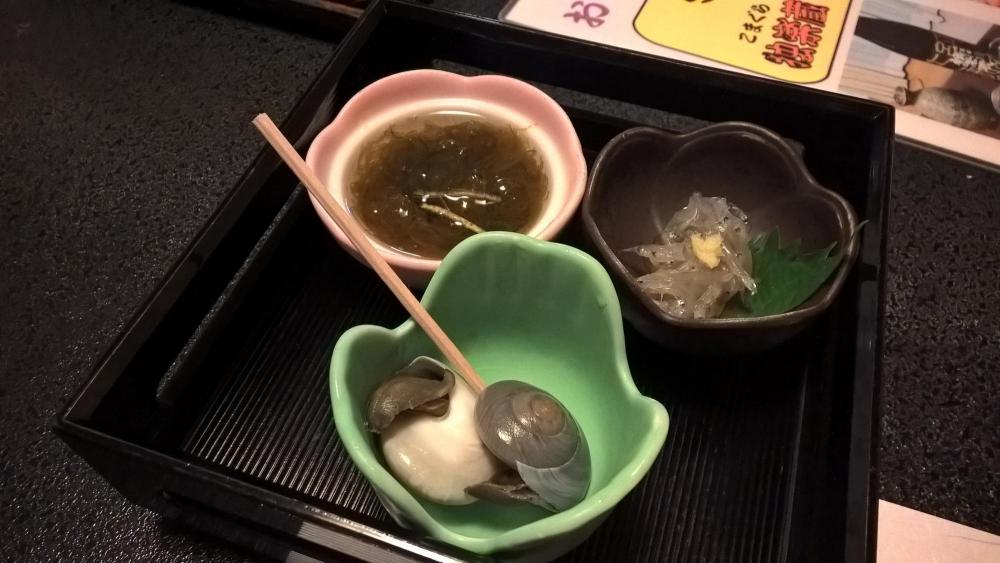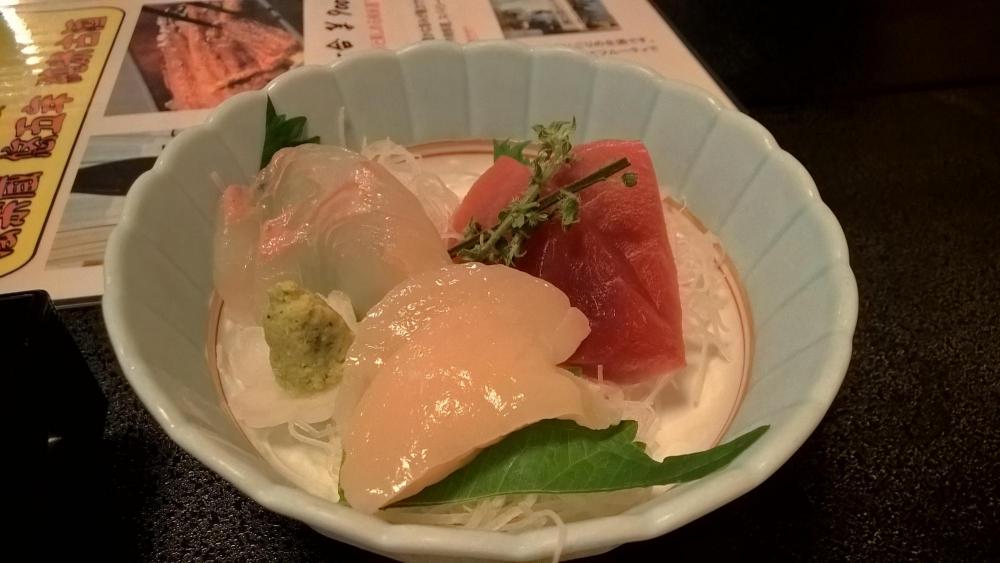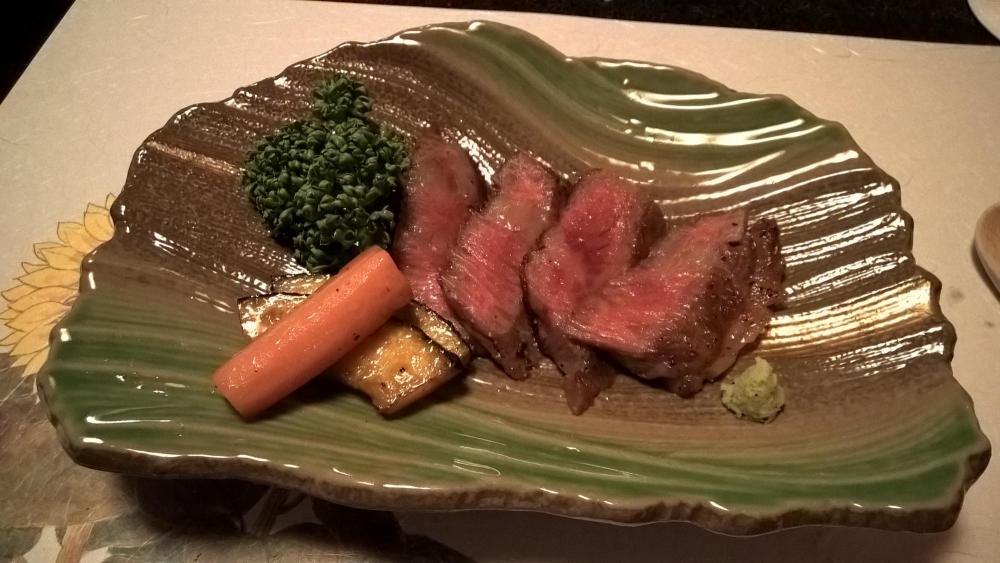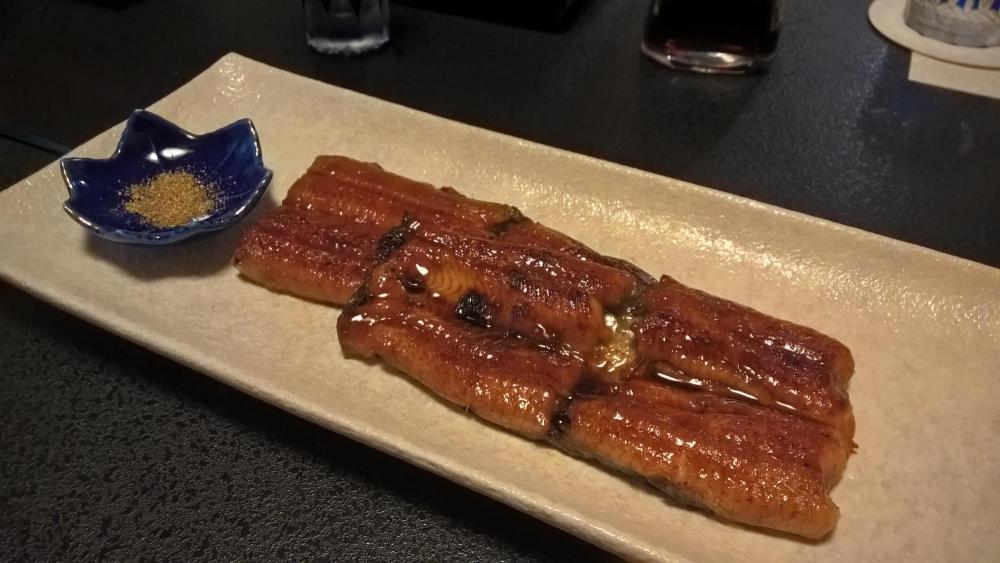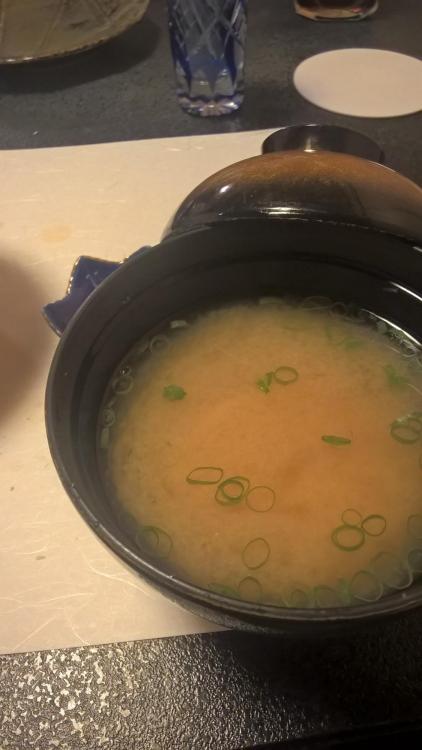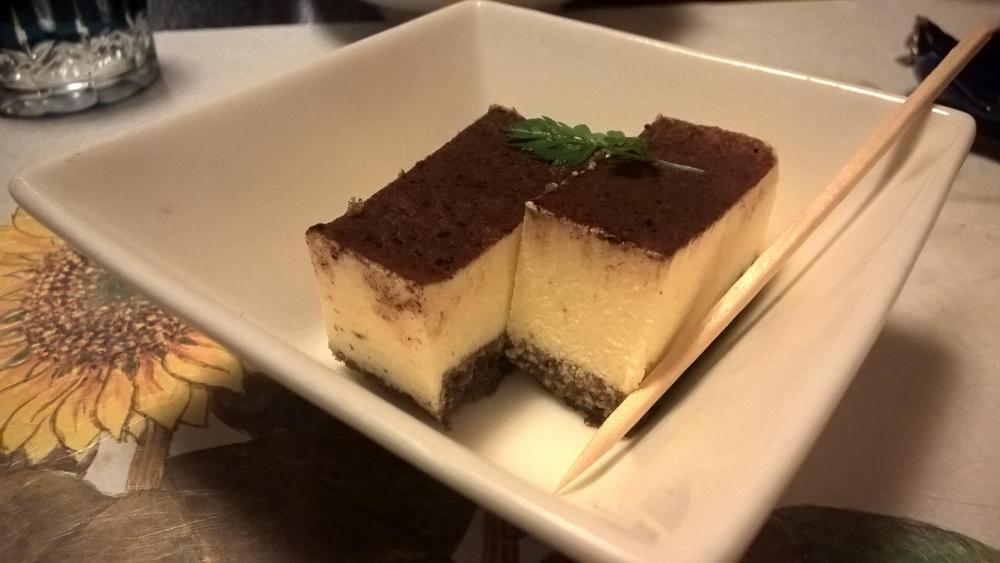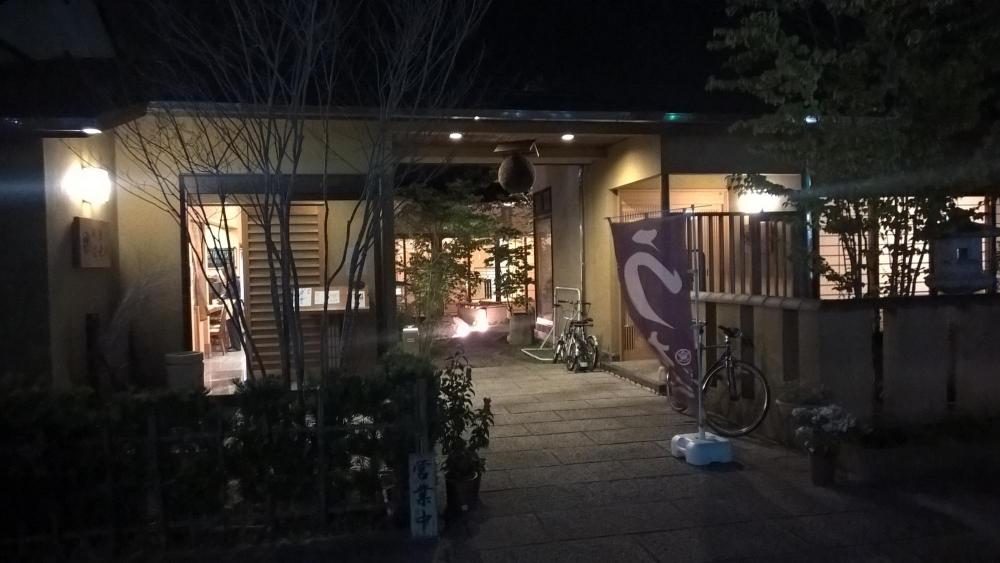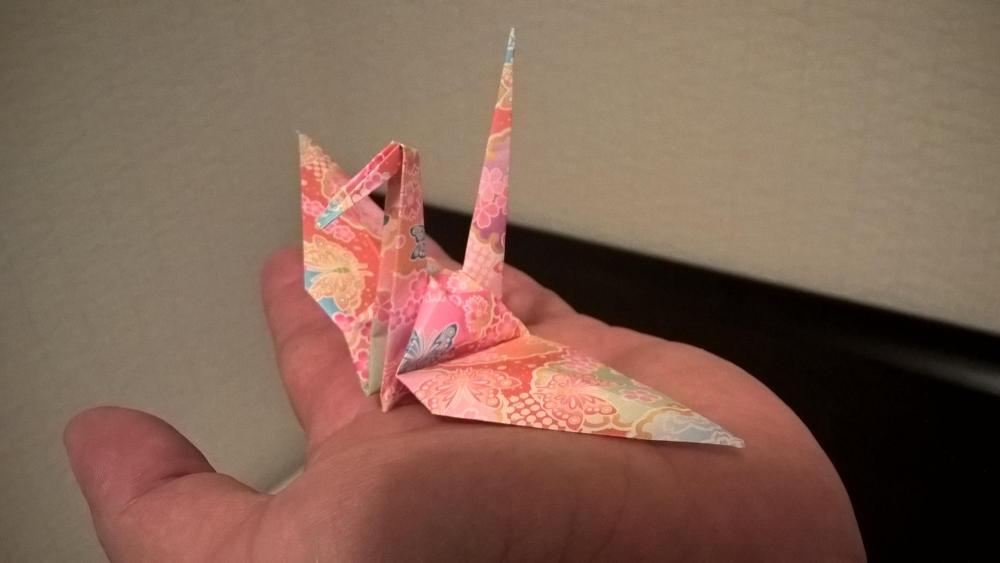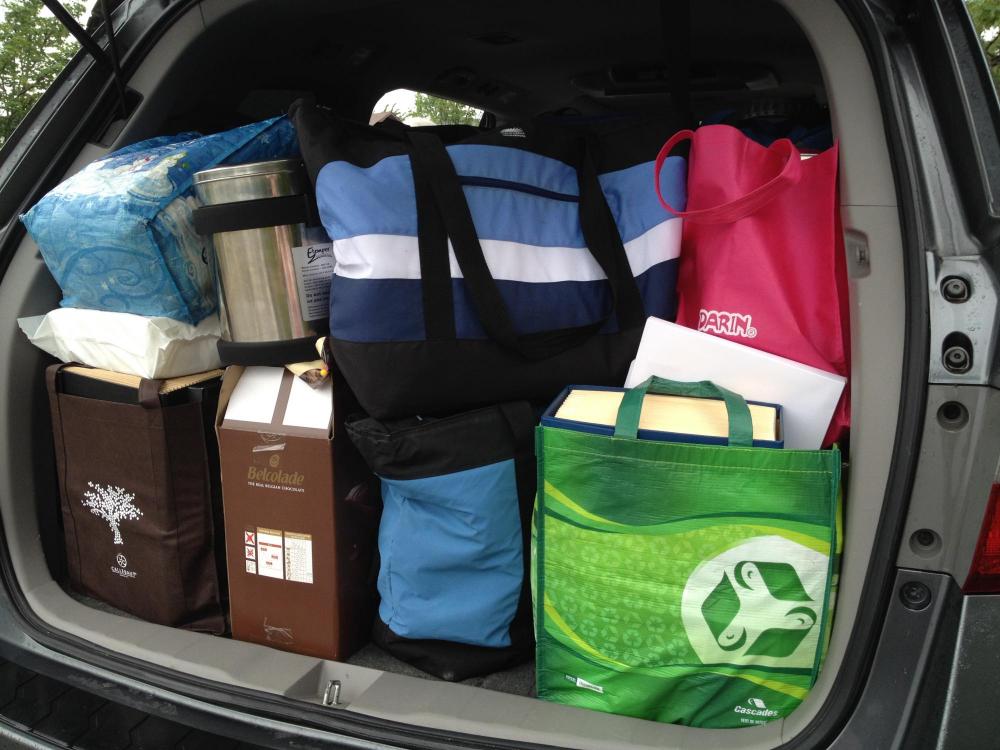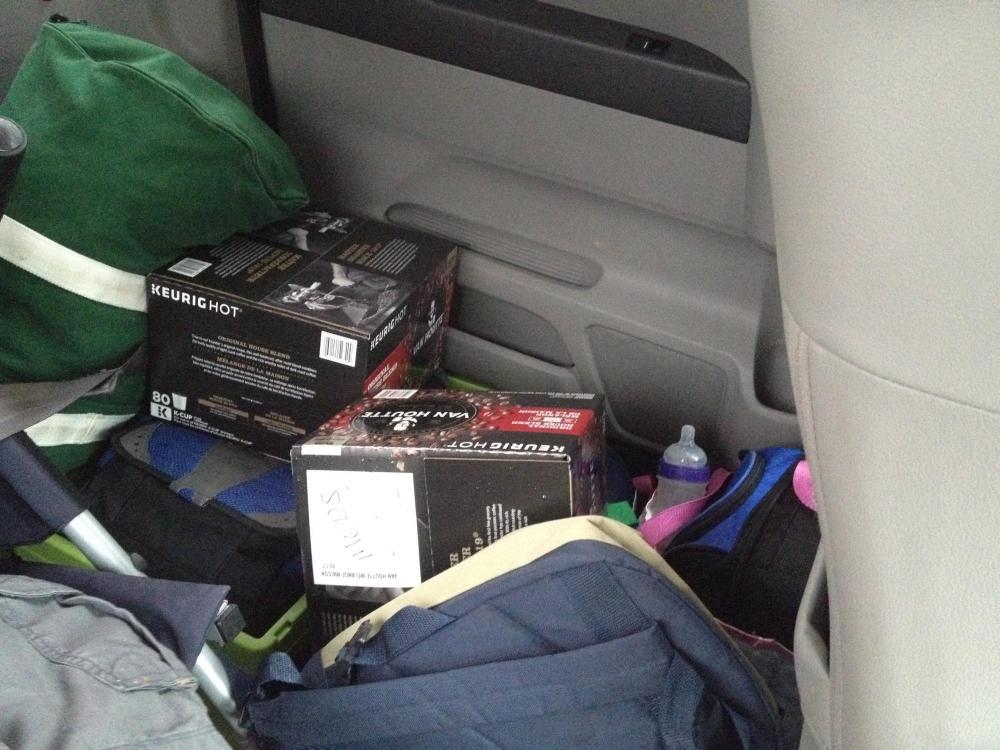Search the Community
Showing results for tags 'Foodblog'.
-
It's that time of year again, after just getting back from our summer vacation. This year, we went to Yogyakarta which is a city in central Java, Indonesia. The title of the topic comes from the fact that most people there call the city Jogjakarta (pronounced jōg-ja-karta), although some people (depending on background) do call it yōg-ya-karta. This is a special place in Indonesia - Indonesia is a mostly Muslim country, however, the region around Jogjakarta was declared a special region as it is also a Sultanate. It was the original home to the ruler of the island of Java, and once democracy came along, the Sultan still lives there and has some kind of power in the region, as well as with the government as a whole... It's confusing - and I would say that I'm still a bit confused, but that's ok. Anyway, all this leads this region to be called the cultural and culinary capital of the island of Java, the most populous island in the archipelago, some of the reason it is extremely popular with domestic tourists - I'd say the vast majority of the tourists there are from other parts of Indonesia, with the balance being mostly Australians, and some Europeans and very few North Americans. Food-wise, we found Jogja interesting because it is the first Muslim area we have seen in SE Asia, which means (with very few exceptions) no pork. There are tons of chicken dishes - many using what is called kampung chickens, or extremely free range chickens which tend to be relatively scrawny, a little tough but with a lot of flavor. There is also some beef, some mutton/goat and fish. Like a lot of Indonesian food, the use of sambal(s) is key - many times you will have a selection of sambal that you would use to accent or add spiciness to a dish. Some of these sambal are crazy hot... Another thing interesting thing about being a mostly Muslim area is the seemingly ever-present call to prayer. In the city, typically 5 times a day, the Mosques will have their best singer sing the call to prayer (which lasts about 20 minutes) over the loudspeaker systems. If you are in an area with a few mosques, you will hear 3 different versions all going at the same time. Some of these calls are at inopportune times - like 1:30AM - so most hotels provide ear plugs so you won't be woken up in the middle of the night. Like we do on all our trips, we take Benadryl as a sleep aid to help get us over the jetlag... so we never needed the earplugs as we were sleeping very soundly to say the least! I think I'll sum this up by talking about how relatively inexpensive this city is. It is probably the cheapest area that we have seen on our travels so far - you can get a luxury hotel room for about $50 per night, and a 40 minute taxi ride across the city doesn't cost more than $3-4, at the current rate of exchange. Local food is really cheap too. I took some photos of menus to show pricing - keep in mind that the current rate of exchange is about IDR14,100 to US$1. What can be much more expensive is some touristy things - foreign tourists are charged a different rate from domestic tourists, and in some cases will have a separate entrance (and usually a much shorter, or non-existent, line).
-
So here we are once again on the road. That would be Kerry singing.. We remembered Kira. And behind Kira is our stash of stuff we’re taking with us.
-
@Alleguede and I are in the lounge awaiting our flight to NYC. Saturday is the Fine Chocolate Industry Association's Summer Elevate Chocolate event. I will likely spend a day at the Fancy Food Show this trip. Only one specific plan this time - we have reservations for Dessert Bar - Michael Laiskonis's new dessert place inside the bakery Recolte
-
Hello, oh wonderful eGulleteers! I know I've been away a while, but at least I'm coming back in style. Not a whole lot has changed here in Ecuador - it's still definitely paradise, and the big Market still runs on Sundays and Mondays. I'll be off towards that shortly, to shop for the week and also to search out some of the food I want to feature in this blog - namely, the quick breads and munchies on the go that Latin America is justifiably famous for! So what am I waiting for? It's time to EAT!
-
We love Japan ! I don’t know why it hasn’t been on my travel radar until recently. The people, the places, the culture and history, and especially the FOOD. There will be no Michelin stars in this report, nor will there be names of restaurants. We ate mainly at isakaya, (local restaurants where there were often only four or five seats), markets (including supermarkets) with a few larger restaurants for balance. There is food available anywhere and anytime if you know where to look. Rather than large meals we tended to snack our way through the day. Some of the best things we ate at “standing bars” no chairs provided. Karaage chicken with salad and miso was first up. The window displays are amazing, you can walk many city blocks underground through various shopping malls, handy when it rained our first day. At a local place. Chicken teriyaki, grilled peppers, potato salad, pickles. Charcoal hibachi. Grew to love sake.
-
I have just returned home after four days (three nights) in Guilin. This was a business trip, so no exotic tales this time. Just food. Anyway, despite its reputation, Guilin is actually a rather dull city for the most part - anything interesting lies outside the city in the surrounding countryside. I was staying in the far east of the city away from the rip-off tourist hotels and restaurants and spent my time with local people eating in normal restaurants. I arrived in Wednesday just in time for lunch. LUNCH WEDNESDAY We started with the obligatory oil tea. Oil Tea Omelette with Chinese Chives Stir-fried Mixed Vegetables Sour Beef with Pickled Chillies Cakes* Morning Glory / Water Spinach** * I asked what the cakes were but they got rather coy when it came to details. It seems these are unique to this restaurant. ** The Chinese name is 空心菜 kōng xīn cài, which literally means 'empty heart vegetable', describing the hollow stems.
-
Prologue: Originally, we intended to spend this Chinese New Year in Hong Kong. We have travelled a lot last year and will need to attend a wedding already next month in Germany, so I was happy to spend some quiet days at home (and keep the spendings a bit under control as well). As a consequence, we had not booked any flights in the busiest travel time of the year in this region … But – despite all good intentions – I found myself two weeks ago calling the hotline of my favourite airline in the region, essentially cashing in on three years of extensive business travel and checking where I could get on short notice over CNY on miles. I was expecting a laughter on the other side of the line but this is the one time my status in their loyalty reward program paid out big time: three seats for either Seoul or Kansai International (earliest morning flights, of course). No need to choose, really – Kyoto, here we come !
-
I'm thinking about starting a blog featuring the recipes of antoine Carême that I've translated from 1700s French? No English versions of his works exist and his work is hard to find, even though he is the greatest chef who ever lived. After I get through his works I'd add menon, la Varenne, and other hard to find, but historically important masters of French cuisine.
-

Take Food by the Hand (Vienna, Austria)
Tara Middleton posted a topic in Elsewhere in Europe: Dining
Alright so as of a few months ago, I decided to take an impromptu trip to Europe--mostly unplanned but with several priorities set in mind: find the best food and locate the most game-changing ice cream spots on the grounds of each city I sought out for. One of the greatest, most architecturally unique and divine cities I have visited thus far has gotta be Vienna, Austria. But what in the heck is there to eat over there?! (you might ask). 'Cause I sure as hell didn't know. So, I desperately reached out to a local Viennese friend of mine, who knows and understands my avid passion for all things edible, and she immediately shot back some must-have food dishes. Doing a bit of research beforehand, I knew I had to try the classic "Kasekreiner". Please forgive my German if I spelled that wrong. But no matter how you say it- say it with passion, because passion is just about all I felt when I ate it. Translated: it basically means cheese sausage. Honestly, what is there not to love about those two words. Even if that's not necessarily your go-to, do me a favor and give it a shot. Trust me, you won't regret it. A classic Austrian pork sausage with pockets of melty cheese, stuffed into a crisp French Baguette. No ketchup necessary (...and as an American, that's saying a lot). YUM. Best spot to try out this one-of-a-kind treat?! Bitzinger bei der Albertina – Würstelstand. Now here's a shot of me with my one true love in front of this classic Viennese green-domed building-- Karlskirche. Now, go check it. -
OK, I'm back, by popular demand! hehe.... After being back for 2 days, I'm still struggling with crazy jetlag and exhaustion - so please bear with me! This year, for our Asian adventure, we went to Bali, which for those who don't know, is one of the islands in Indonesia. Bali is a very unique place - from its topology, to the people, language, customs, religion and food. Whereas the majority of people in Indonesia are Muslim, most people in Bali are Balinese Hindu, which from what I understand is a little like Indian Hinduism, but has more ancestor worship. Religion is very important to many people in Bali - there are temples everywhere, and at least in one area, there are religious processions through the street practically every day - but we'll get to that later. Bali has some food unique to it among its Indonesian neighbors, but like everywhere, has seen quite a bit of immigration from other Indonesian islands (many from Java, just to the west) who have brought their classic dishes with them. Basically all Indonesians speak Indonesian, or what they call Bahasa Indonesia, or just Bahasa, which, anyone who has read my prior foodblogs wouldn't be surprised to hear that I learned a little bit just before the trip. Unfortunately, I didn't get to use any of it, except a couple times which were totally unnecessary. When speaking with each other, most people in Bali speak Balinese (totally different from bahasa) - many times when I tried using my bahasa, they smiled and replied, and then tried to teach me the same phrase in Balinese! As time went on, and I used some of the Balinese, I got lots of surprised smiles and laughs - who is this white guy speaking Balinese?!? Seriously though, tourism has been in Bali for a very long time, so just about everyone we encountered spoke English to some degree. Some people spoke German as well, as they supposedly get lots of tourists from Germany. As one of our drivers was telling us, Bali is heavily dependent on tourism as they have no real industry other than agriculture, which doesn't pay nearly as well as tourism does. While there are beaches all around the island, most of the popular beach areas are in the south of the island, and those areas are the most highly touristed. We spent very little time in the south as we are not really beach people (we get really bored) and during planning, decided to stay in less touristed areas so we'd have more opportunities for local food... this didn't work out, as you'll see later. So, it wouldn't be a KennethT foodblog without photos in the Taipei airport and I-Mei Dim Sum, which we called home for about 4 hours before our connection to Bali... Beef noodle soup: The interior: This was the same as always - huge pieces of beef were meltingly tender. Good bite to the thick chewy noodles. Xie long bao (soup dumplings) and char siu bao (fluffy barbeque pork buns):
-
And so it begins once again. @Kerry Beal is on the road heading to my house to pick me up so we can head north to Manitoulin Island. Hopefully she remembered to put Kira in the van. Things will be very different this time. Change is inevitable. Among the changes iscthat one of our favourite nurses now that she has her children are grown is going back to school to become an anaesthesiology assistant. You might remember her as the owner of a lovely piece of property with horses, dogs, cats, kids and raspberries. But perhaps the biggest change is that the townhouse is to be sold. It is on the market with a closing date of September. Thankfully it will not be shown while we are there! Almost everything in the town house belongs to Kerry except for the furniture and the appliances. One of our challenges will be how to deal with all this accumulated stuff! This will be Kerry‘s 19th summer up there so I leave you to imagine the challenges we will face. But I am determined it will not interfere with our cooking or our enjoyment of the waterfront view or of all the other adventures that we manage to get up to each year. Stay tuned for future installments.
-
Some of you may recall that in 2016 I had a blog about our trip to Newfoundland. We are going there again tomorrow for a week, returning July 1 and I thought that since we are going to, and eating at, places different from that year, I would do another blog. When I booked our flights and accommodations (7 places in 8 nights) last February, June 23rd seemed like a long ways away. Yet here we are, about to leave. I hope some of you will follow along as we travel through the province.
-
Recently, there was a thread about stir frying over charcoal, which immediately brought to mind memories of eating in Bangkok in July 2013. At that time, I hadn't gotten into the habit of writing food blogs, and considering that I had some spare time this weekend (a rarity) I figured I would put some of those memories down on paper, so to speak. Back then, neither my wife nor I were in the habit of taking tons of photos like we do nowadays, but I think I can cobble something together that would be interesting to folks reading it. In the spirit of memories, I'll first go back to 2006 when my wife and I took our honeymoon to Thailand (Krabi, Bangkok and Chiang Mai), Singapore and Hanoi. That was our first time to Asia, and to be honest, I was a little nervous about it. I was worried the language barrier would be too difficult to transcend, or that we'd have no idea where we were going. So, to help mitigate my slight anxiety, I decided to book some guides for a few of the locations. Our guides were great, but we realized that they really aren't necessary, and nowadays with internet access so much more prevalent, even less necessary. Prior to the trip, when emailing with our guide in Bangkok to finalize plans, I mentioned that we wanted to be continuously eating (local food, I thought was implied!) When we got there, I realized the misunderstanding when she opened her trunk to show us many bags of chips and other snack foods.. whoops... Anyway, once the misconception was cleared up, she took us to a noodle soup vendor: On the right is our guide, Tong, who is now a very famous and highly sought after guide in BKK.... at the time, we were among here first customers. I had a chicken broth based noodle soup with fish ball, fish cake and pork meatball, and my wife had yen ta fo, which is odd because it is bright pink with seafood. I have a lime juice, and my wife had a longan juice. This is what a lot of local food places look like:
-
Greetings eGulleteers, I'm Smokeydoke and I'll be your tourguide for the next seven days on a culinary journey through Las Vegas. First a little about me, I'm a foodie first and foremost, but my real name is Kathy and to pay the bills, I work as an Engineer. My husband works at UNLV. In the past I've worked as a manager for a pizzeria and worked at a bakery. We live in the Southwest community of Las Vegas, more commonly referred to as Mountains Edge. Here is the obligatory shot of our kitchen. Sorry for the bad photos, I made a video but just realized I can't upload videos in eGullet, so I quickly converted them to jpegs. Here's my pantry#1, with my (in)famous shelf of twelve different types of flours. Below that are my oils, vinegars and sauces. And of course, pounds of TJ Belgium chocolates.
-
Note: This follows on from the Munching with the Miao topic. The three-hour journey north from Miao territory ended up taking four, as the driver missed a turning and we had to drive on to the next exit and go back. But our hosts waited for us at the expressway exit and led us up a winding road to our destination - Buyang 10,000 mu tea plantation (布央万亩茶园 bù yāng wàn mǔ chá yuán) The 'mu' is a Chinese measurement of area equal to 0.07 of a hectare, but the 10,000 figure is just another Chinese way of saying "very large". We were in Sanjiang Dong Autonomous County, where 57% of the inhabitants are Dong. The Dong people (also known as the Kam) are noted for their tea, love of glutinous rice and their carpentry and architecture. And their hospitality. They tend to live at the foot of mountains, unlike the Miao who live in the mid-levels. By the time we arrived, it was lunch time, but first we had to have a sip of the local tea. This lady did the preparation duty. This was what we call black tea, but the Chinese more sensibly call 'red tea'. There is something special about drinking tea when you can see the bush it grew on just outside the window! Then into lunch: Chicken Soup The ubiquitous Egg and Tomato Dried fish with soy beans and chilli peppers. Delicious. Stir fried lotus root Daikon Radish Rice Paddy Fish Deep Fried in Camellia Oil - wonderful with a smoky flavour, but they are not smoked. Out of Focus Corn and mixed vegetable Fried Beans Steamed Pumpkin Chicken Beef with Bitter Melon Glutinous (Sticky) Rice Oranges The juiciest pomelo ever. The area is known for the quality of its pomelos. After lunch we headed out to explore the tea plantation. Interspersed with the tea plants are these camellia trees, the seeds of which are used to make the Dong people's preferred cooking oil. As we climbed the terraces we could hear singing and then came across this group of women. They are the tea pickers. It isn't tea picking time, but they came out in their traditional costumes to welcome us with their call and response music. They do often sing when picking. They were clearly enjoying themselves. And here they are: After our serenade we headed off again, this time to the east and the most memorable meal of the trip. Coming soon.
-
Last week, Liuzhou government invited a number of diplomats from Laos, Malaysia, Indonesia, Myanmar/Burma, Poland, and Germany to visit the city and prefecture. They also invited me along as an additional interpreter. We spent Tuesday, Wednesday and Thursday introducing the diplomats to the culture of the local ethnic groups and especially to their food culture. First off, we headed two hours north into the mountains of Rongshui Miao Autonomous County. The Miao people (苗族 miáo zú), who include the the Hmong, live in the mid-levels of mountains and are predominantly subsistence farmers. Our first port of call was the county town, also Rongshui (融水 róng shuǐ, literal meaning: Melt Water) where we were to have lunch. But before lunch we had to go meet some people and see their local crafts. These are people I know well from my frequent work trips to the area, but for the diplomats, it was all new. So, I had to wait for lunch, and I see no reason why you shouldn't either. Here are some of the people I live and work with. This lovely young woman is wearing the traditional costume of an unmarried girl. Many young women, including her, wear this every day, but most only on festive occasions. Her hat is made from silver (and is very heavy). Here is a closer look. Married women dispense with those gladrags and go for this look: As you can see she is weaving bamboo into a lantern cover. The men tend to go for this look, although I'm not sure that the Bluetooth earpiece for his cellphone is strictly traditional. The children don't get spared either This little girl is posing with the Malaysian Consul-General. After meeting these people we went on to visit a 芦笙 (lú shēng) workshop. The lusheng is a reed wind instrument and an important element in the Miao, Dong and Yao peoples' cultures. Then at last we headed to the restaurant, but as is their custom, in homes and restaurants, guests are barred from entering until they go through the ritual of the welcoming cup of home-brewed rice wine. The consular staff from Myanmar/Burma and Malaysia "unlock" the door. Then you have the ritual hand washing part. Having attended to your personal hygiene, but before entering the dining room, there is one more ritual to go through. You arrive here and sit around this fire and wok full of some mysterious liquid on the boil. On a nearby table is this Puffed rice, soy beans, peanuts and scallion. These are ladled into bowls. with a little salt, and then drowned in the "tea" brewing in the wok. This is 油茶 (yóu chá) or Oil Tea. The tea is made from Tea Seed Oil which is made from the seeds of the camellia bush. This dish is used as a welcoming offering to guests in homes and restaurants. Proper etiquette suggests that three cups is a minimum, but they will keep refilling your cup until you stop drinking. First time I had it I really didn't like it, but I persevered and now look forward to it. L-R: Director of the Foreign Affairs Dept of Liuzhou government, consuls-general of Malaysia, Myanmar, Laos. Having partaken of the oil tea, finally we are allowed to enter the dining room, where two tables have been laid out for our use. Let the eating, finally, begin. In no particular order: Steamed corn, taro and sweet potato Bamboo Shoots Duck Banana leaf stuffed with sticky rice and mixed vegetables and steamed. Egg pancake with unidentified greenery Stir fried pork and beans Stir fried Chinese banana (Ensete lasiocarpum) Pig Ears This may not look like much, but was the star of the trip. Rice paddy fish, deep fried in camellia tree seed oil with wild mountain herbs. We ate this at every meal, cooked with slight variations, but never tired of it. Stir fried Greens Our meal was accompanied by the wait staff singing to us and serving home-made rice wine (sweetish and made from the local sticky rice). Everything we ate was grown or reared within half a kilometre of the restaurant and was all free-range, organic. And utterly delicious. Roll on dinner time. On the trip I was designated the unofficial official photographer and ended up taking 1227 photographs. I just got back last night and was busy today, so I will try to post the rest of the first day (and dinner) as soon as I can.
-
We’ve just returned from a fun filled 16 days on the beautiful island of Sri Lanka. The food was fantastic, the people friendly, the markets chaotic, the temples serene, the mountains breathtaking, the wildlife plentiful and the weather ? Well, you can’t have everything, it was mostly hot, and at times very wet. Why Sri Lanka ? We loved time spent earlier this year in southern India, especially the food. Sri Lanka lies just off the southern tip of India and has been influenced over time by various invading Indian dynasties. Often referred to as the spice Island, it’s been an important trading post for centuries. Other countries have also played their part in shaping Sri Lankan cuisine. The Portuguese arrived in the early part of the 16th century, the Dutch gained control in the 17th century, the British had control by 1815, and independence was proclaimed in 1948. Throughout these years, Chinese traders also contributed to the evolution of Sri Lanka. So, what’s the food like ? Delicious ! Our first night was spent at a homestay in the coastal city of Negombo. All day the rain bucketed down. It was difficult to go anywhere else, so we asked our hosts to provide dinner. Good move ! The rain let up long enough for a quick quick visit to the fish market, the first of several we’d see. Our hostess made 10 different dishes including a mango curry where I watched her pluck the fruit from the tree in the front yard. There was sour fish curry, chicken curry, dal, several veggie curries, chutney, two rice and roti bread. The meal cost 900 rupees pp, or about $6. Gosh it was good. Lousy photo, some better ones to come.
-
My niece has just married and we are in Kerala as part of the celebrations. I wish I could have preserved the whole event in detail for eGullet, as I’ve enjoyed the posts of others so much. In particular I’m thinking of @chefmd's Mongolia blog and @sartoric's amazing South Indian report. Forget that standard! I’m going to try a little mini-blog. Not only am I terribly disorganised and IT challenged but I am also currently suffering from a rotator cuff tear which makes photography painful and difficult. Even though this will be a very scanty record, I think I can offer something a little different to what we've seen before. Prawn fry. Chicken fry. Rice. My mother used to send us off to school with our lunch of fried prawns, rice and yoghurt. I think this rice is basmati, which is not quite correct. The yoghurt is home made daily. The prawns are from the Kerala backwaters; large and fresh caught. These are spiced mainly with chilli paste, and cooked in coconut oil to a somewhat firmer consistency than would be considered polite nowadays in the UK. This combination takes me right back to kindergarten tiffin. The nuns used to roll their eyes and tut at how red and hot the prawns looked. We don’t get it much or at all any more when we’re back in England, so this was an absolute treat. The chicken fry and chicken curry (just pictured with the rice) would normally have been stars in their own shows, but got hardly a look-in today. The thoran (again not pictured) being vegetarian, was sadly neglected. I’m sure it was very good but vegetables really have to fight for their space on my plate. Please bear with me for the misalligned pictures, varying resolution and clunky editing...
-
“… and so it begins!” Welcome to “Tales from the Fragrant Harbour”! In the next couple of days I am hoping to take you to a little excursion to Hong Kong to explore the local food and food culture as well as maybe a little bit more about my personal culinary background. I hope I can give you a good impression of what life is like on this side of the globe and am looking very forward to answering questions, engaging in spirited discussions and just can share a bit of my everyday life with you. Before starting with the regular revealing shots of my fridge’s content and some more information on myself, I’d like to start this blog and a slightly different place. For today's night, I ‘d like to report back from Chiba city, close to Tokyo, Japan. It’s my last day of a three day business trip and it’s a special day here in Japan: “Doyou no ushi no hi”. The “midsummer day of the ox”, which is actually one of the earlier (successful) attempts of a clever marketing stunt. As sales of the traditional winter dish “Unagi” (grilled eel with sweet soy sauce) plummeted in summer, a clever merchant took advantage of the folk tale that food items starting with the letter “U” (like ume = sour plum and uri = gourd) dispel the summer heat, so he introduced “Unagi” as a new dish best enjoyed on this day. It was successful, and even in the supermarkets the sell Unagi-Don and related foods. Of course, I could not resist to take advantage and requested tonight dinner featuring eel. Thnaks to our kind production plant colleagues, I had what I was craving … (of course the rest of the food was not half as bad) Todays suggestion: Unagi (grilled eel) and the fitting Sake ! For starters: Seeweed (upper left), raw baby mackerel with ginger (upper right) and sea snails. I did not care for the algae, but the little fishes were very tasty. Sahimi: Sea bream, Tuna and clam ... Tempura: Shrimp, Okra, Cod and Mioga (young pickled ginger sprouts). Shioyaki Ayu: salt-grilled river fish. I like this one a lot. I particularly enjoy the fixed shape mimicking the swimming motion. The best was the tail fin Wagyu: "nuff said ... Gourd. With a kind of jellied Oden stock. Nice ! Unagi with Sansho (mountain pepper) So, so good. Rich and fat and sweet and smoky. I could eat a looooot of that ... Chawan Mushi:steamed egg custard. A bit overcooked. My Japanese hosts very surprised when I told them that I find it to be cooked at to high temperatures (causing the custard to loose it's silkiness), but they agreed. Part of the experience was of course the Sake. I enjoyed it a lot but whether this is the one to augment the taste of the Unagi I could not tell ... More Unagi (hey it's only twice per year) ... Miso soup with clams ... Tiramisu. Outside view of the restaurant. Very casual! On the way home I enjoyed a local IPA. Craft beer is a big thing in Japan at the moment (as probably anywhere else in the world), so at 29 oC in front of the train station I had this. Very fruity … When I came back to the hotel, the turn down service had made my bed and placed a little Origami crane on my pillow. You just have to love this attention to detail.
-
Fasten your seatbelts. It is that time of year again. We are a day late and a dollar short as they say but I was able to attend my granddaughter's graduation last night. We are on our way to Manitoulin via Sudbury. As always our vehicle is packed to the gunwales and then some. I hope we have both remembered all the essential things. As if we really needed more in a fully-stocked townhouse! Mostly we will be carting ingredients that will be hard to find up there. We are both unduly attached to our Joules so they are packed. Kerry does not leave home without the Thermomix. The Instant Pot and the Cuisinart Steam Oven are already there waiting for us along with most kitchen toys that one might need. Kira is securely strapped in her seat. Wouldn't do to forget her! I expect will stop somewhere for breakfast and one of us will remember photographs.
-
OK.... here we go again!!! While this post is a bit premature (we don't take off until around 1:30AM tonight), I am extremely excited so I figured I'd just set up the topic now. As in previous foodblogs, I may post a bit from time to time while we're there, depending on how good my internet connection is, and how much free time I have... but the bulk of posting will really get started around July 9th - the day after we get home (hopefully without too much jetlag!!!)
-
Inspired by recent spontaneous foodblogs by @Kerry Beal and @rarerollingobject (among others), I decided to document here my long weekend in Chicago. It's my first time here. I started with something familiar - Eataly is just around the corner from the place I am staying at downtown, and I had loved that place in NYC. It's on two levels and about the same size as the other one. It was early (a little after 11) so the place was very quiet. Lunch at the counter overlooking the charcuterie station. Meat platter with a glass of Montanaro vermouth di Torino & soda. Fluke crudo with rhubarb agrodolce, fritto misto, gamberi fritti. Glass of rosé.
-
Hi everyone, Recently, I just found this paradise for Foodie and it is my pleasure to be here. My name is Ian and I am from Salzburg. I love to eat but have to hold myself back before I could roll faster than walk. Last month, I started my own food blog (mostly about restaurant, travel and stories). Reasons I want to be here are to improve my knowledge about food/wine and to learn more how to describe ingredients around me. Thank you and have a great week =D Guten Hunger (German) Mahlzeit (Austrian) --> Enjoy your meal =D www.iandao.com
-
Ciao! I'm Christine and I'm a born and bred New Yorker. I’m an Italian by blood (and at heart, of course) since my parents actually came from Italy. My father was from Sciacca, Sicily while my mother was from Sondrio, Lombardy. Despite coming from different regions, or because of it, love for food and cooking has been one of the mainstays in my family home life growing up. And I’ve always loved the dishes my parents prepared during special occasions, and even on regular days. And of course, I love cooking (and eating) Italian food and I have a few recipes from my mother, but I'd really love to collect some more, especially the traditional ones. And if anyone can contribute some historical background to each dish, that would be really great. Grazie mille!






